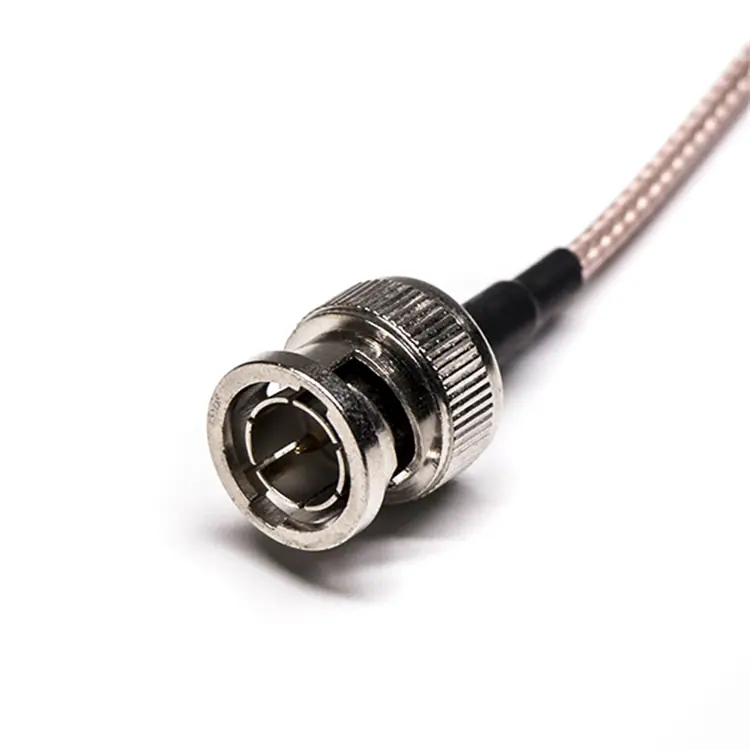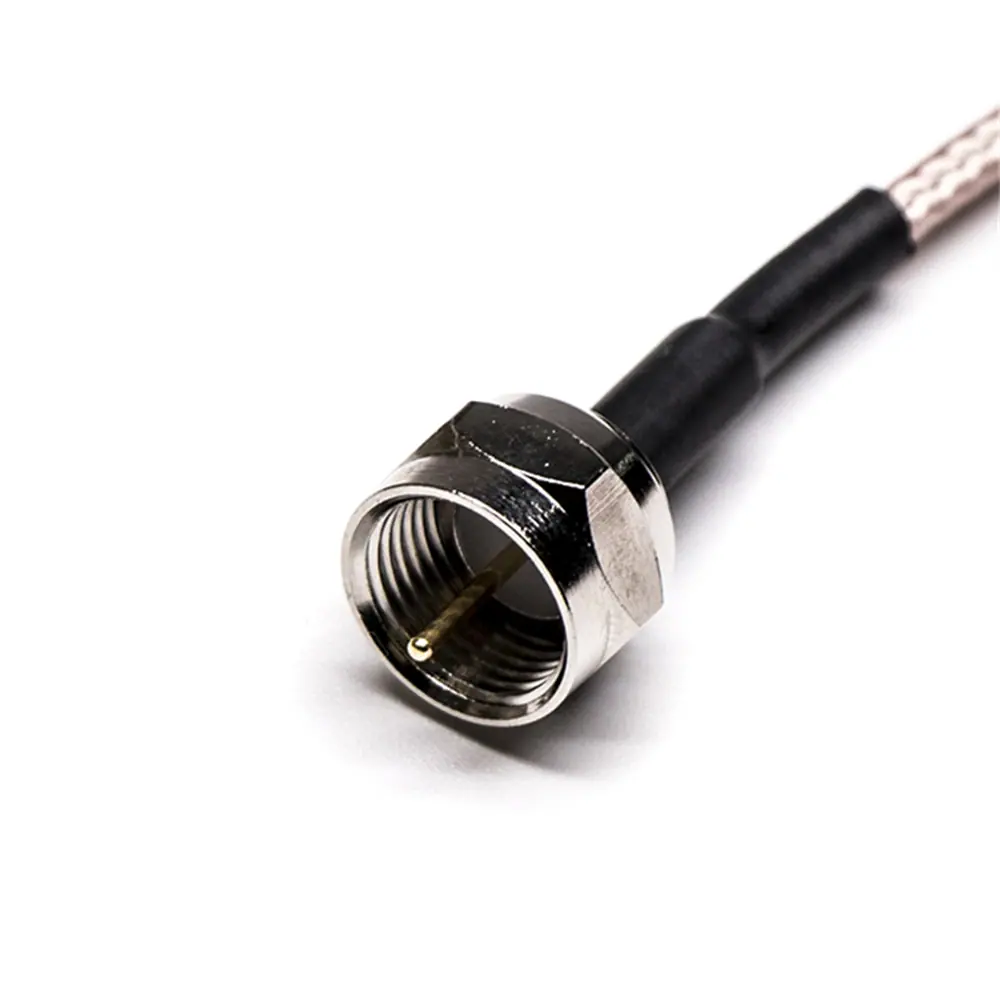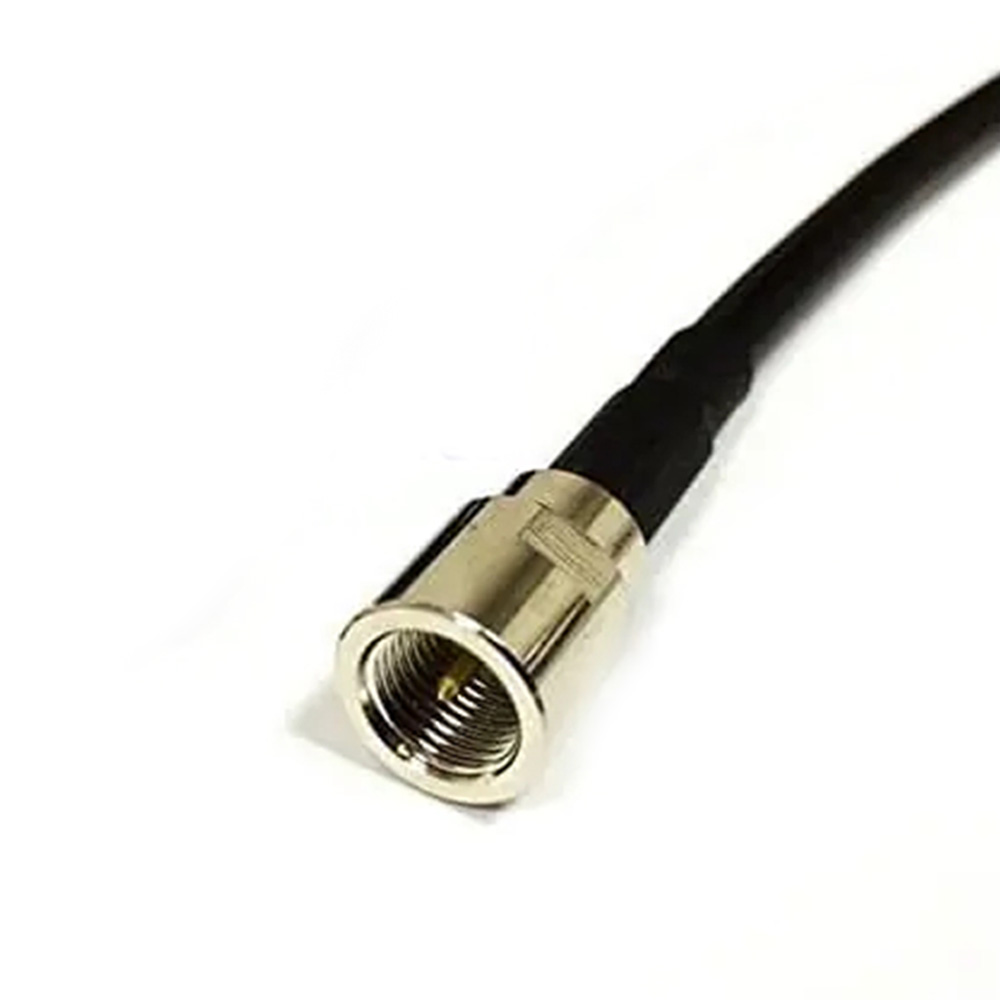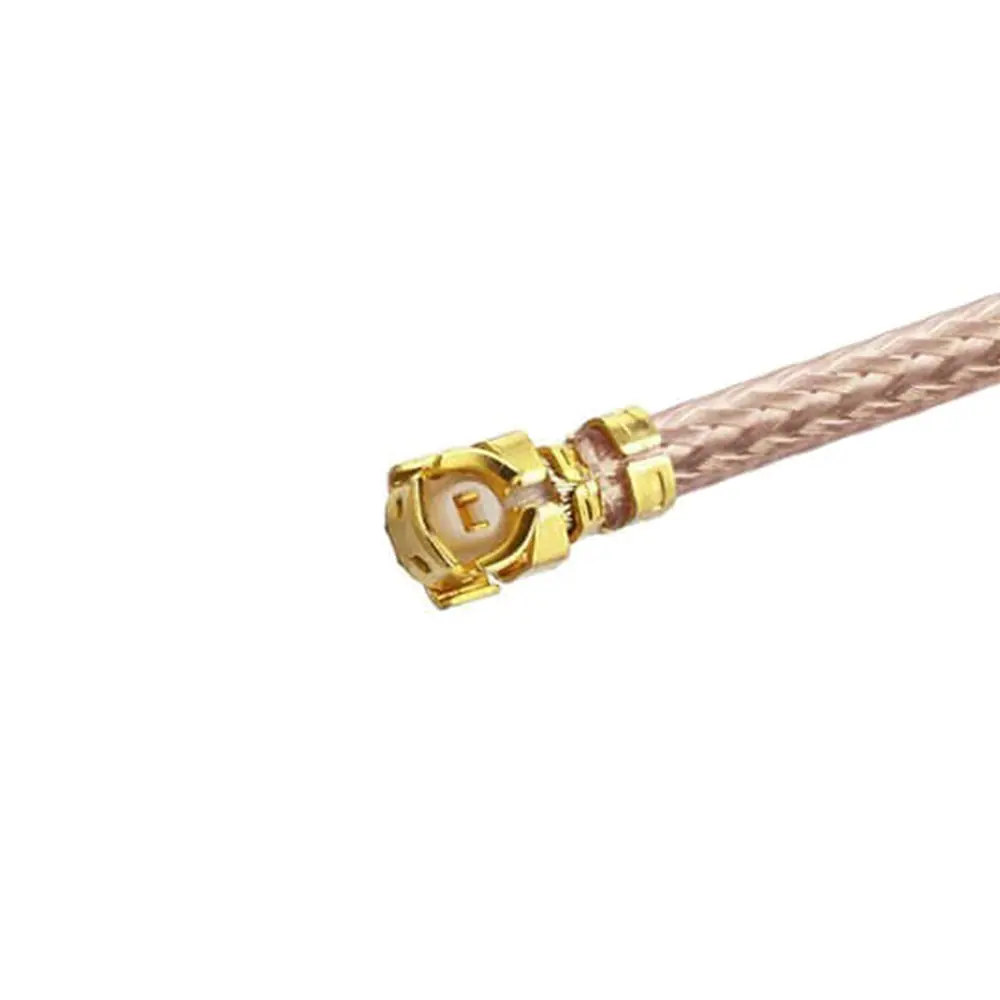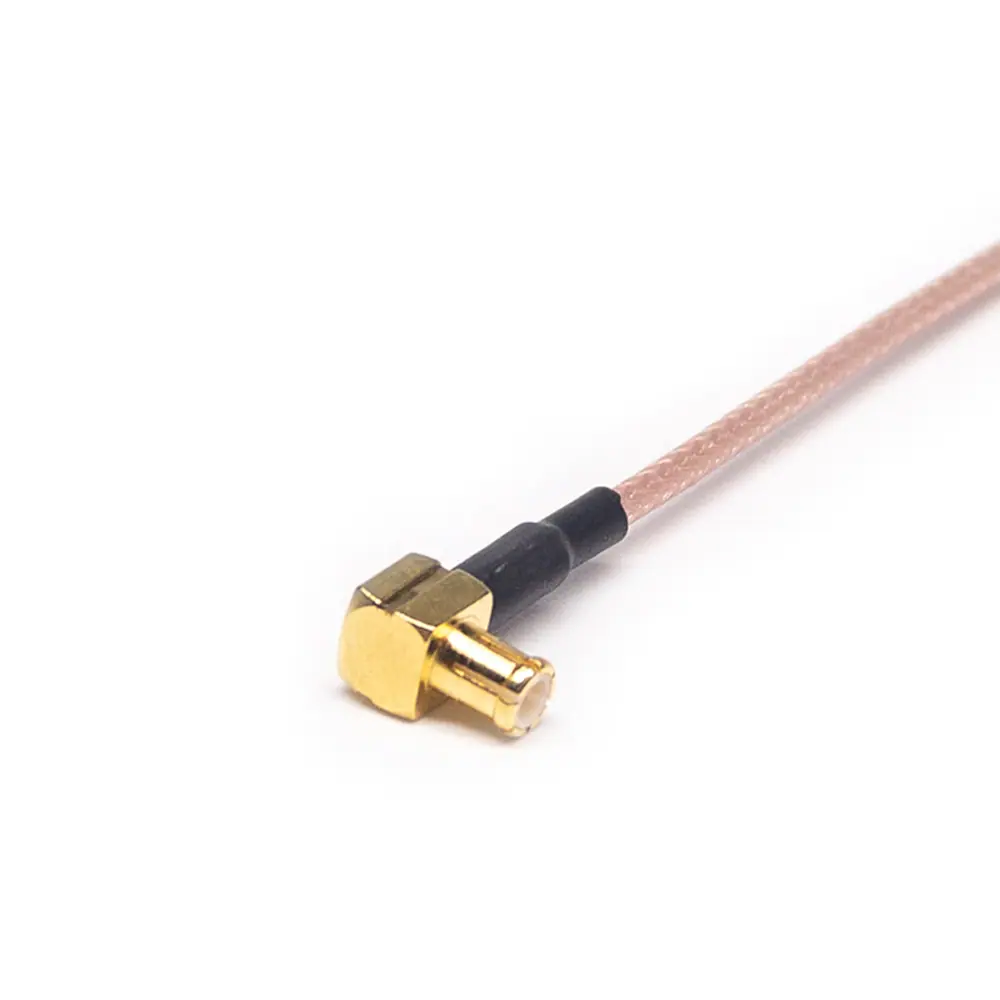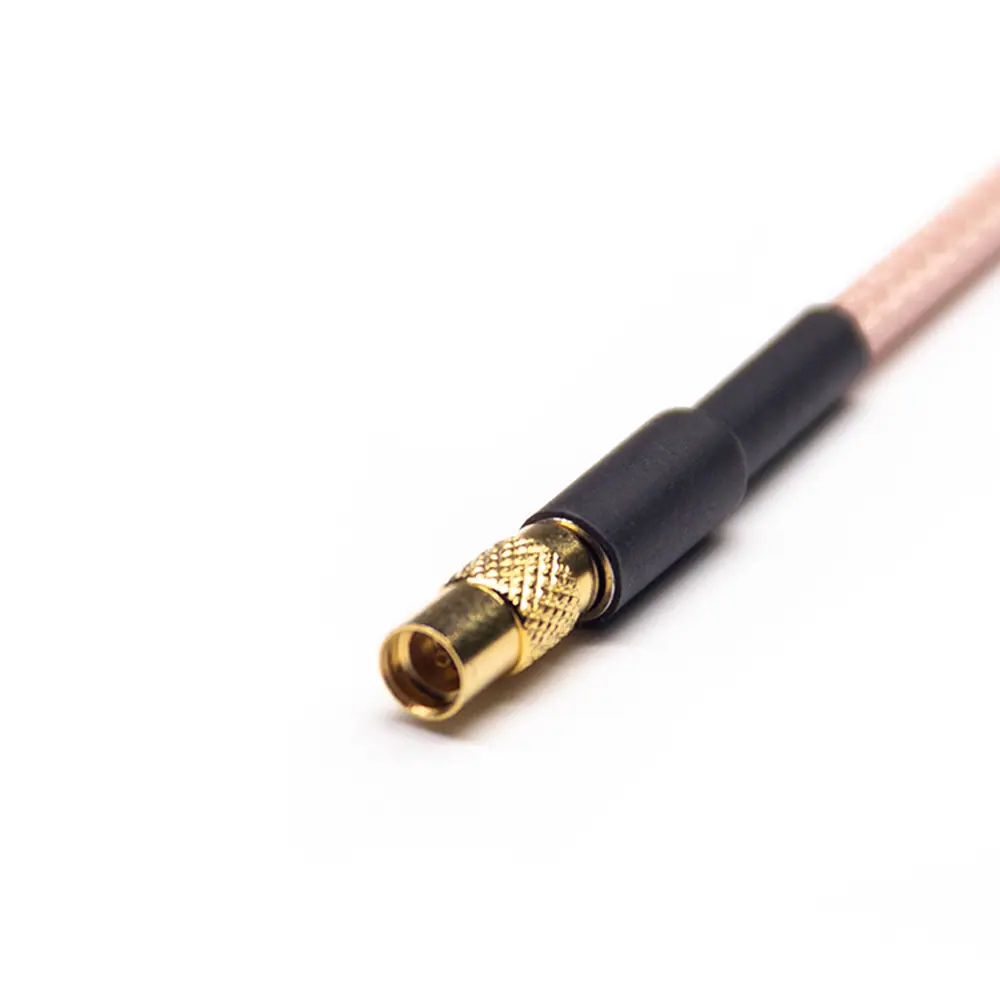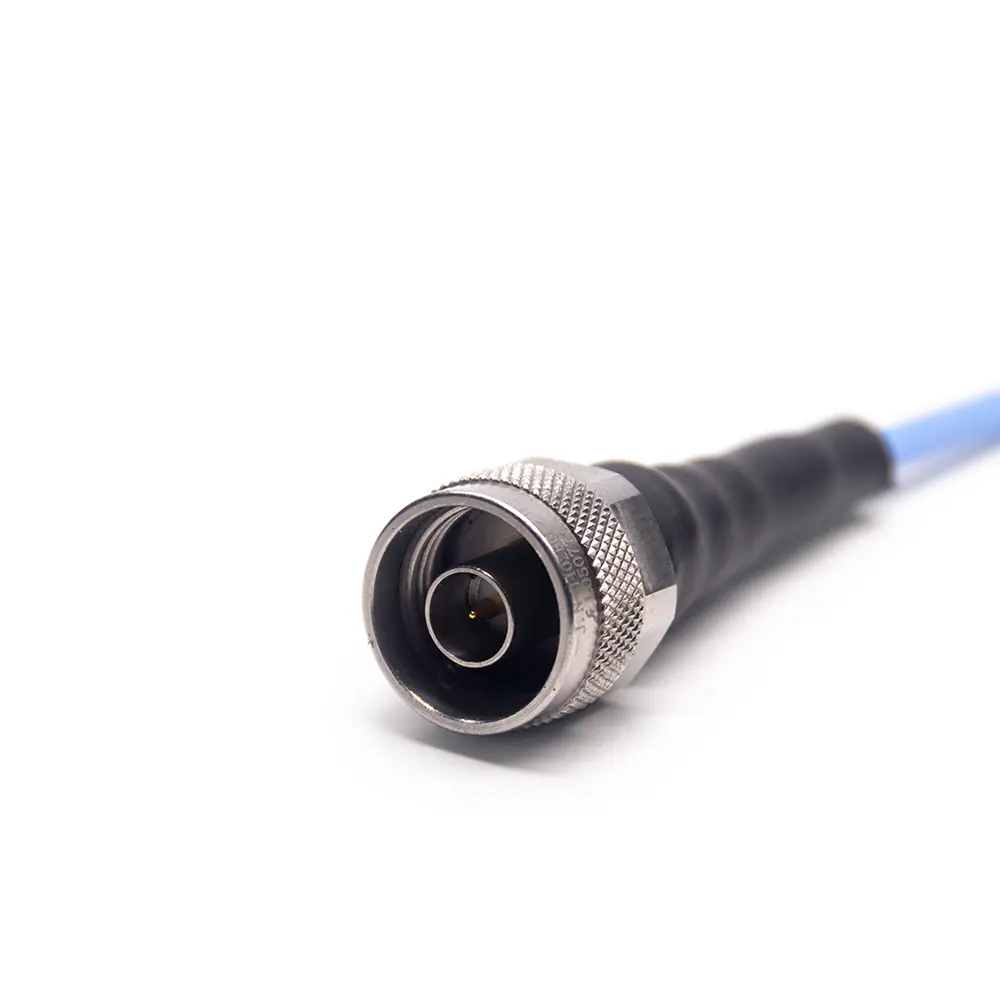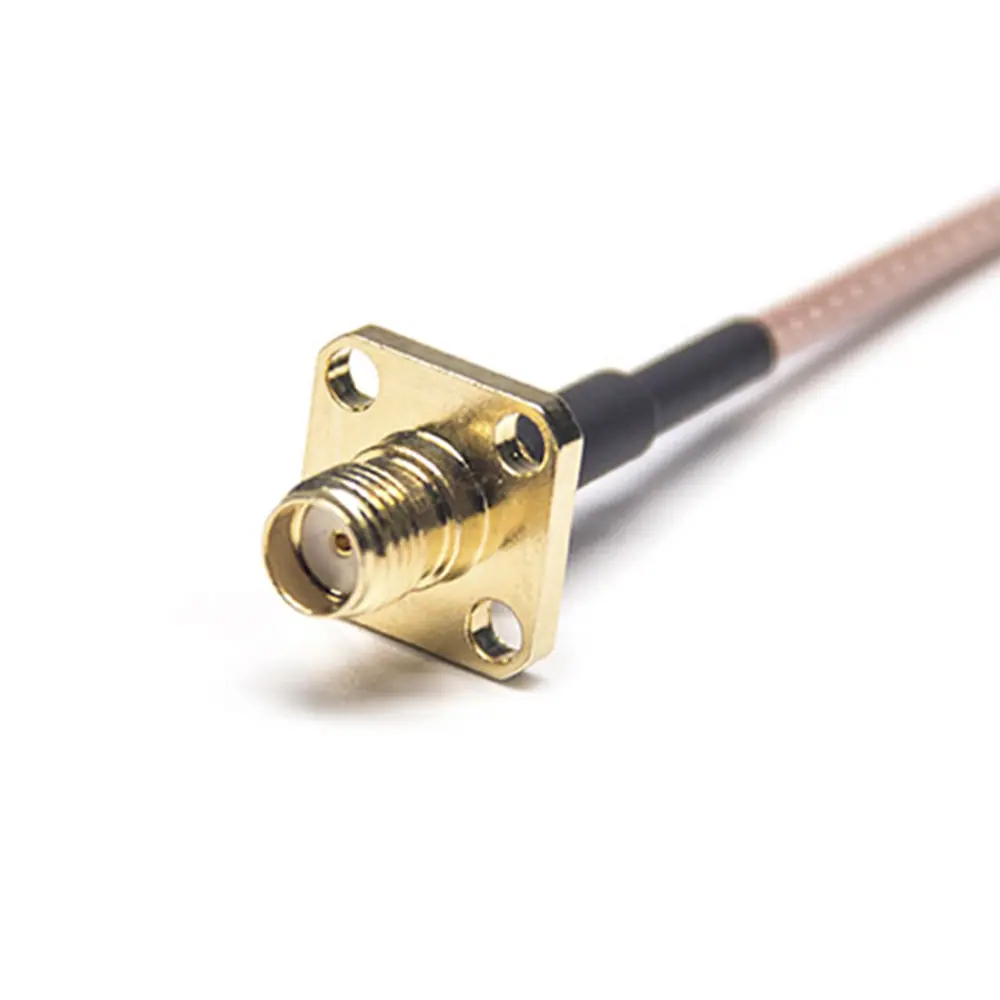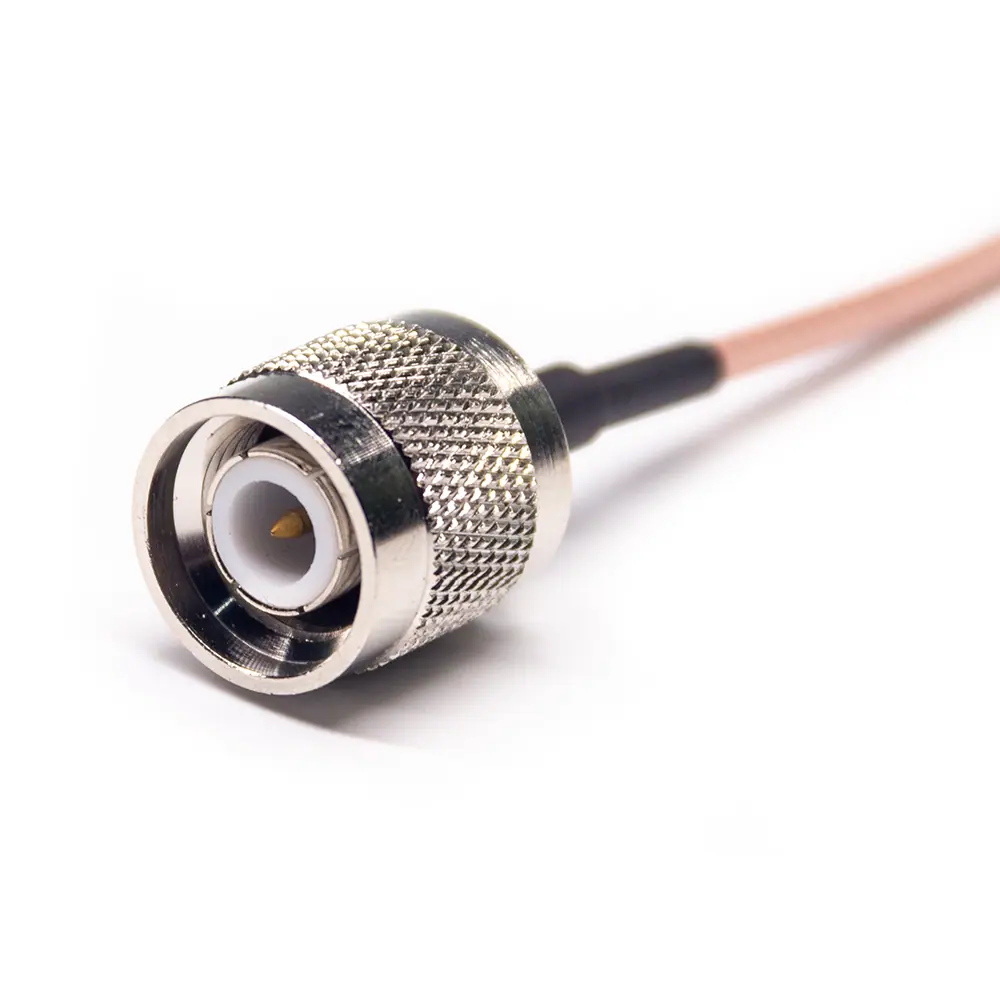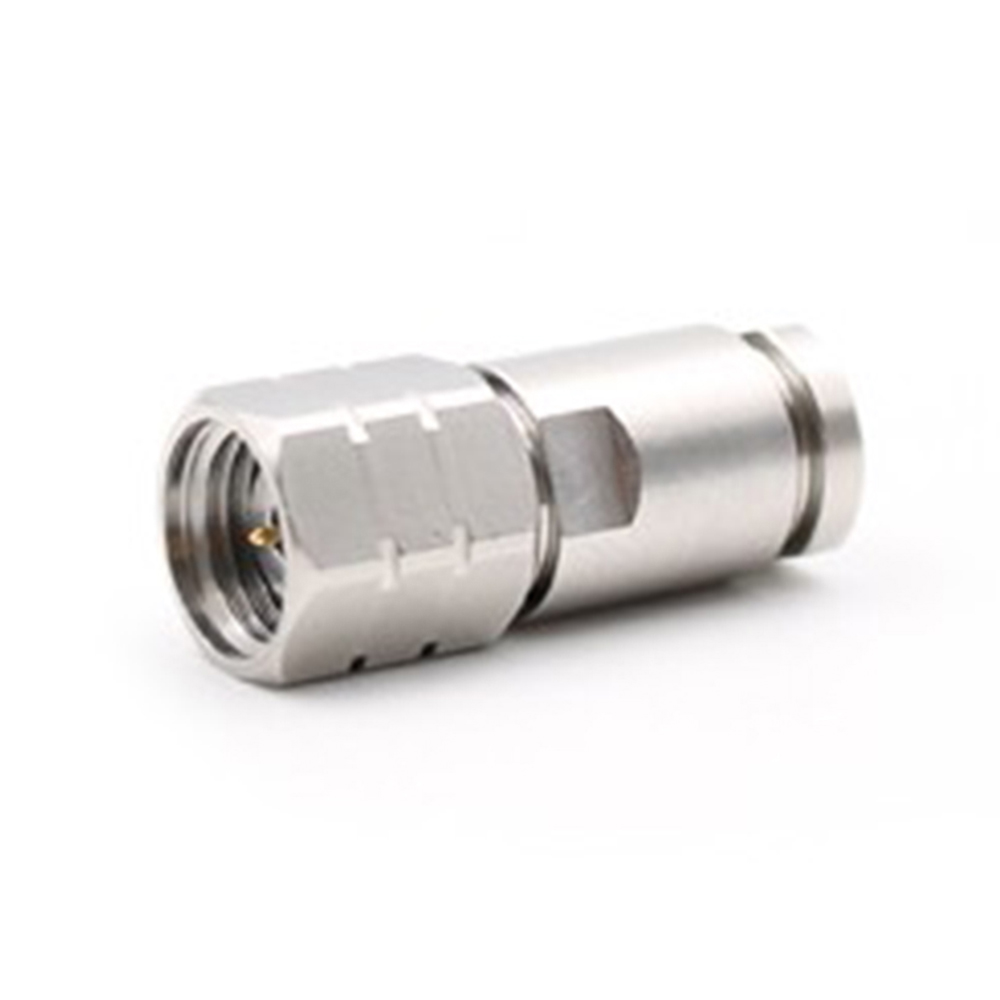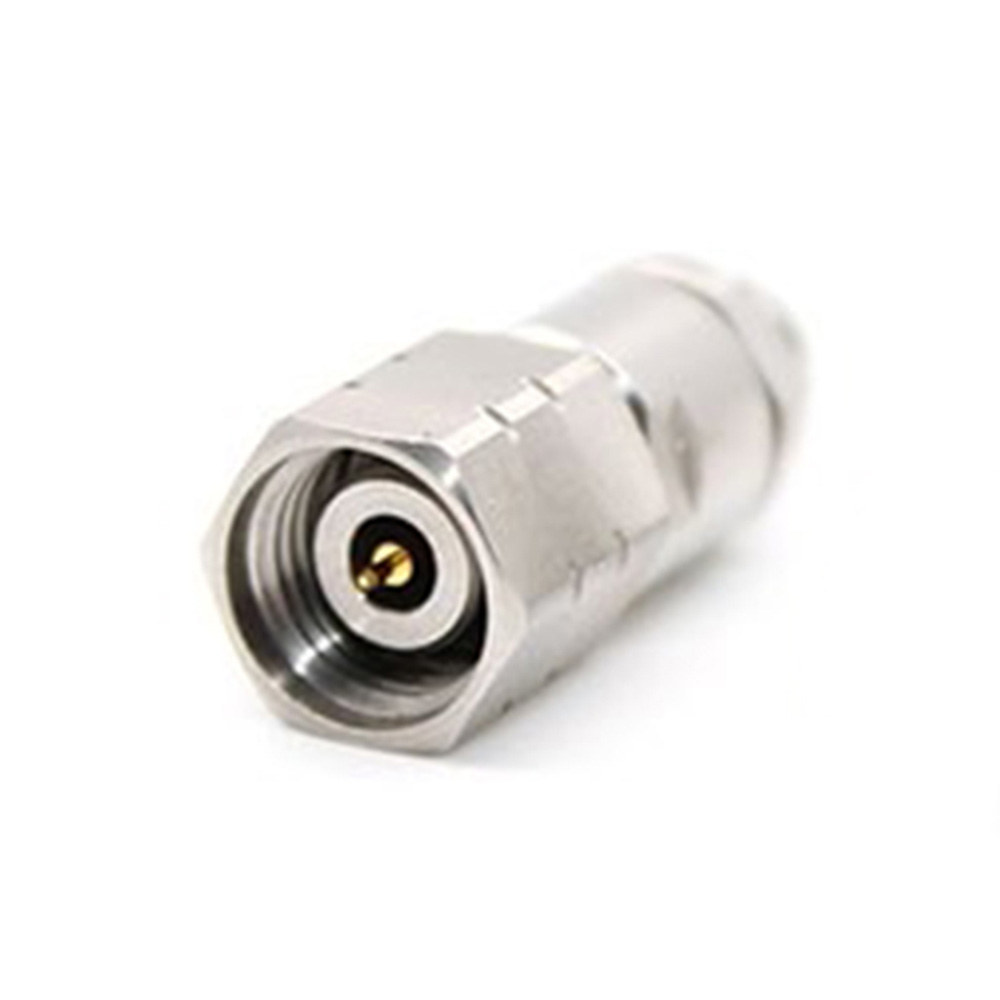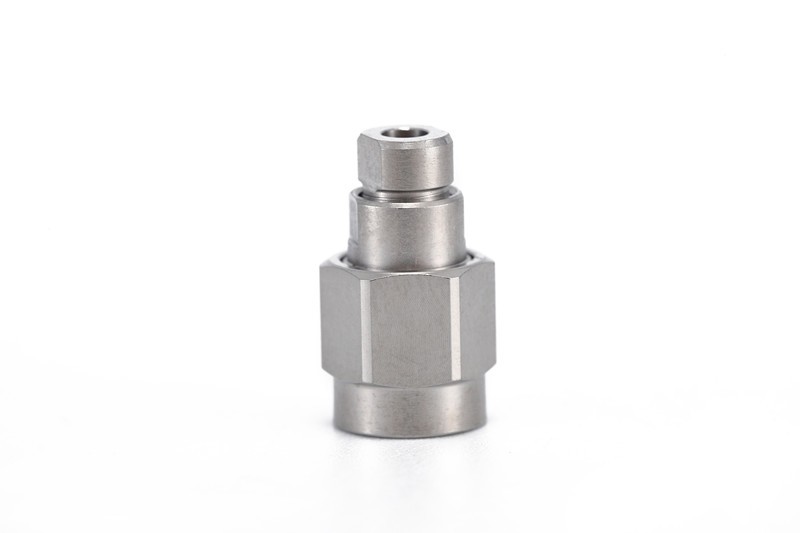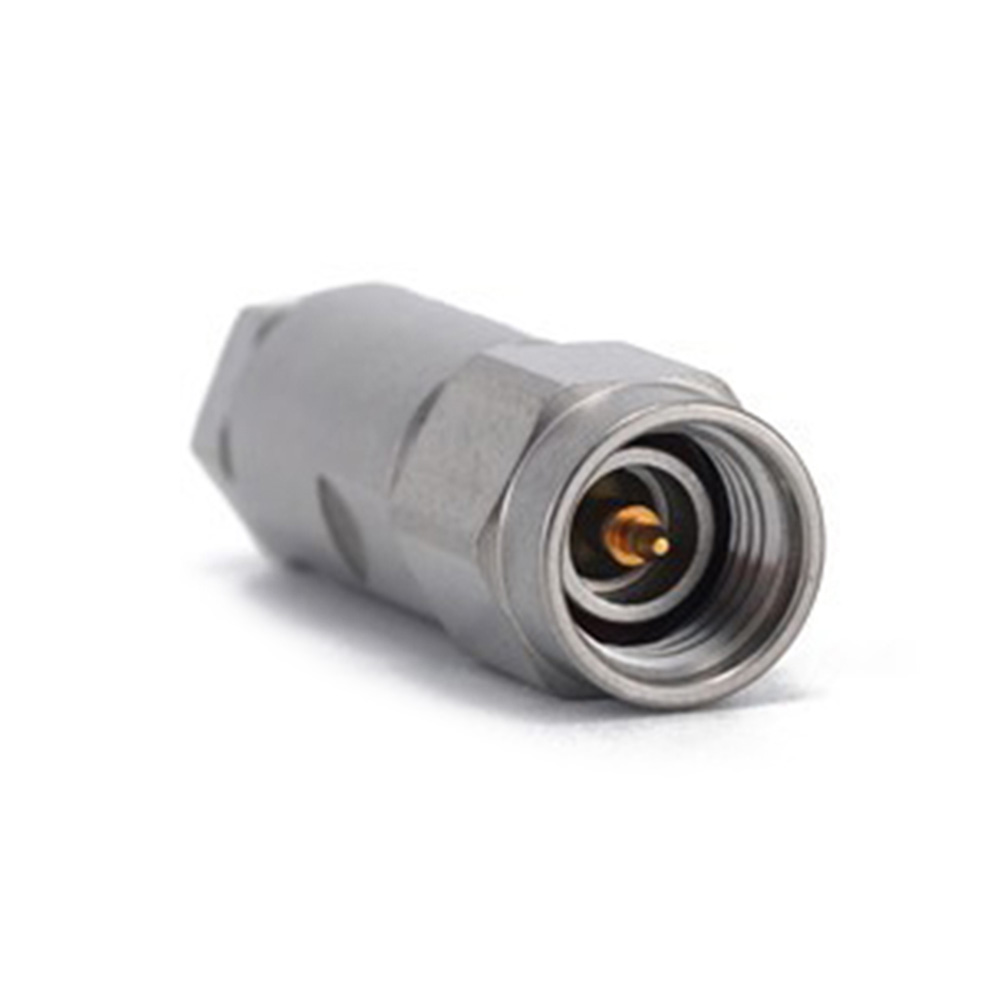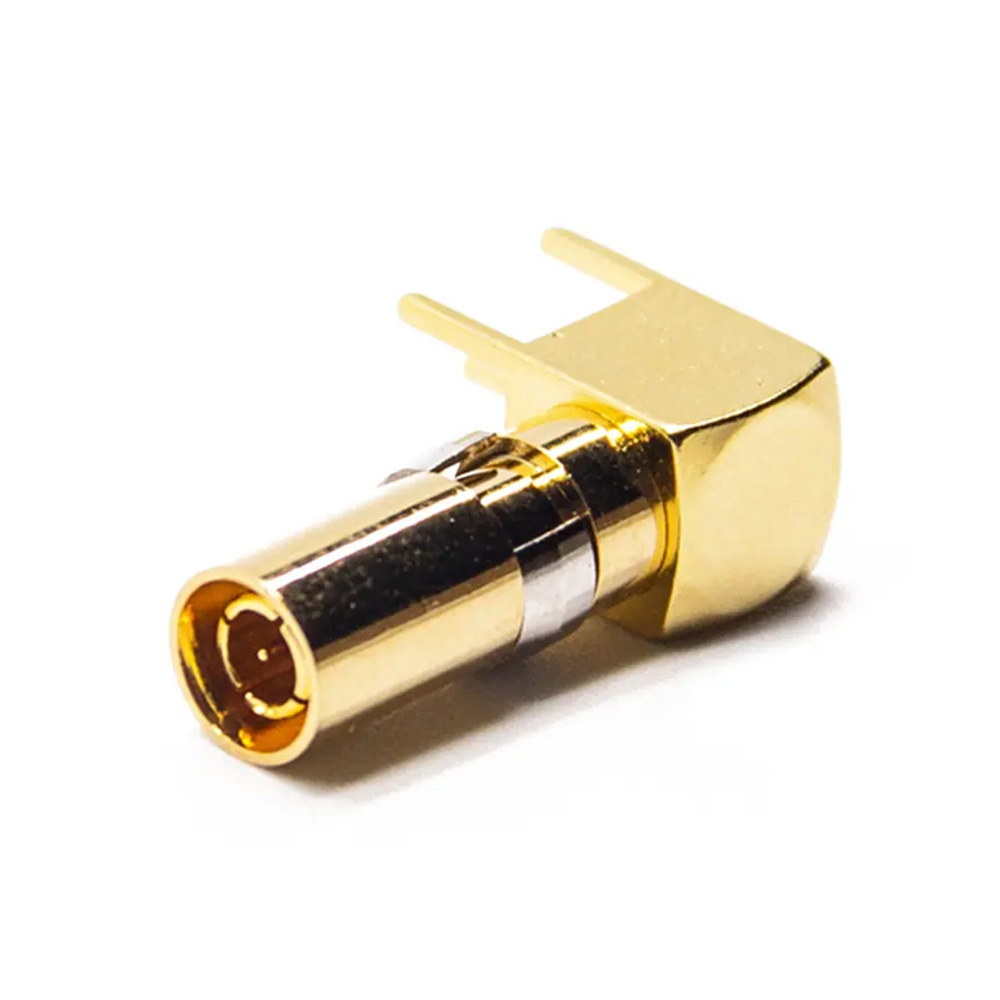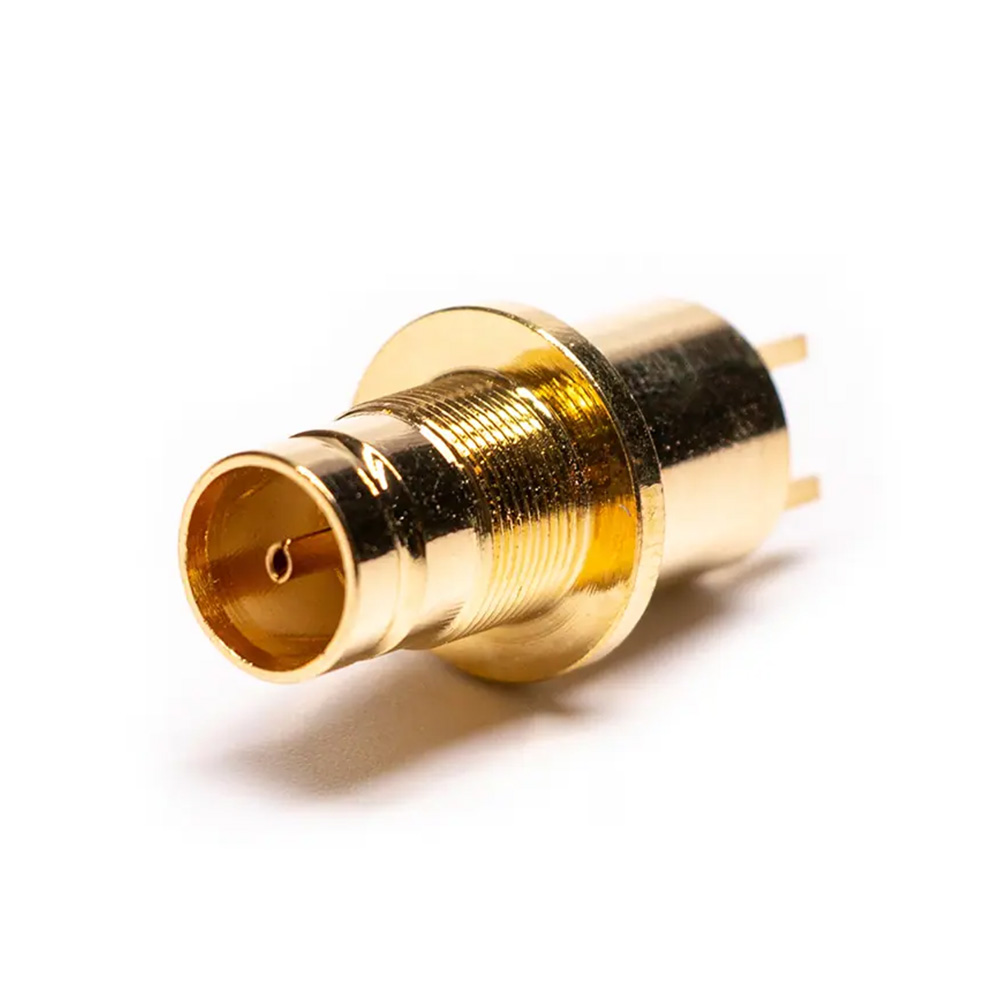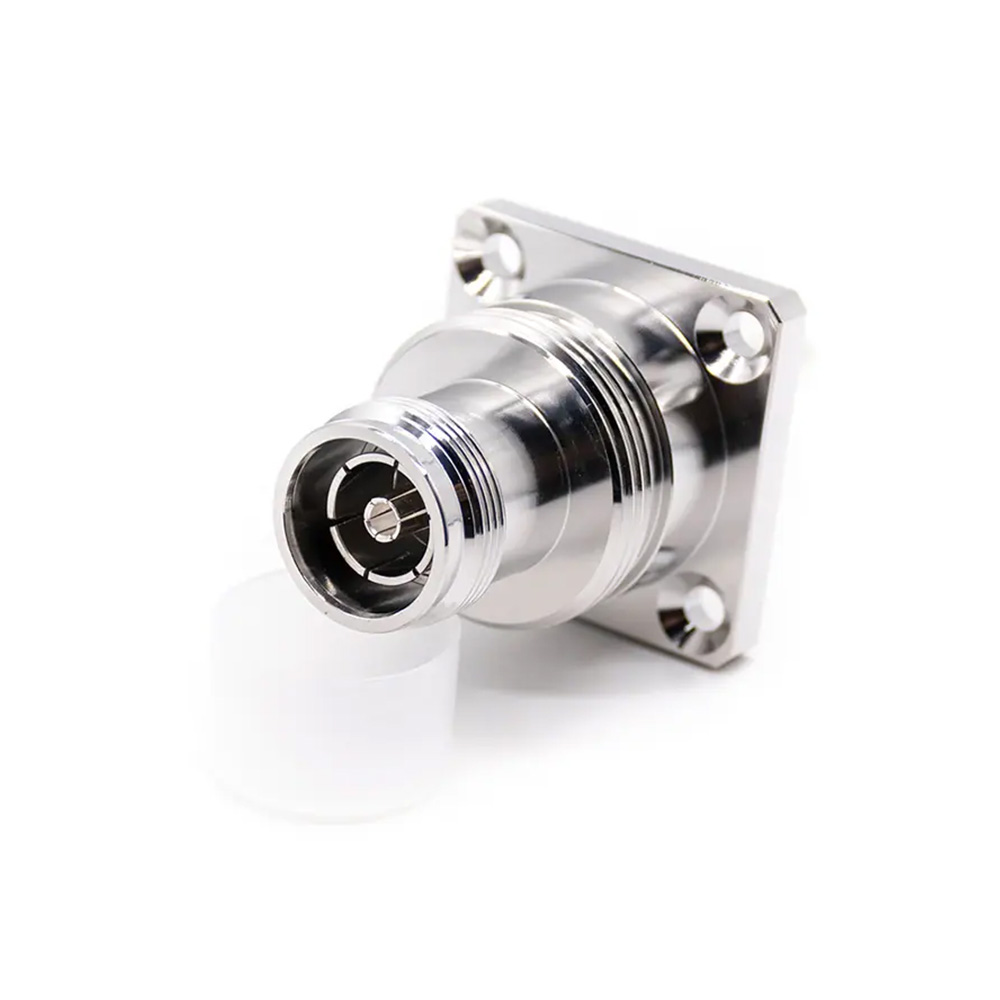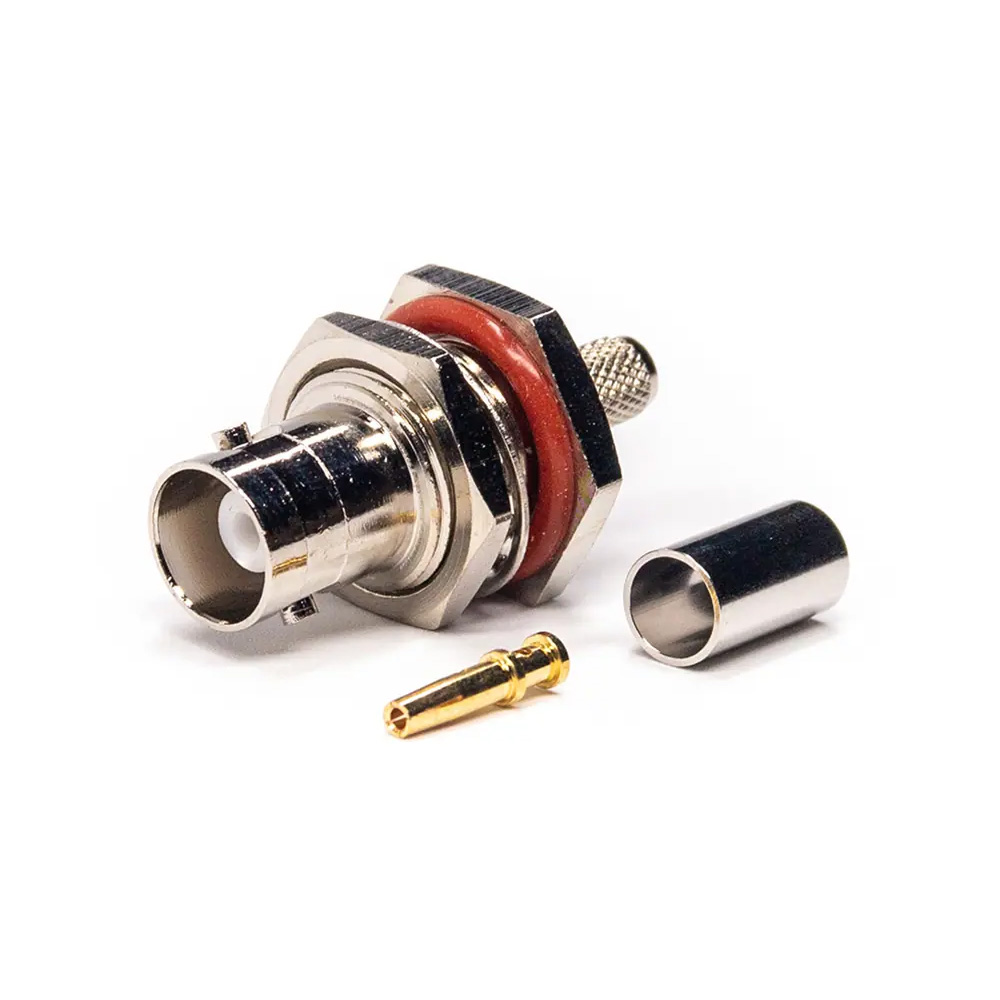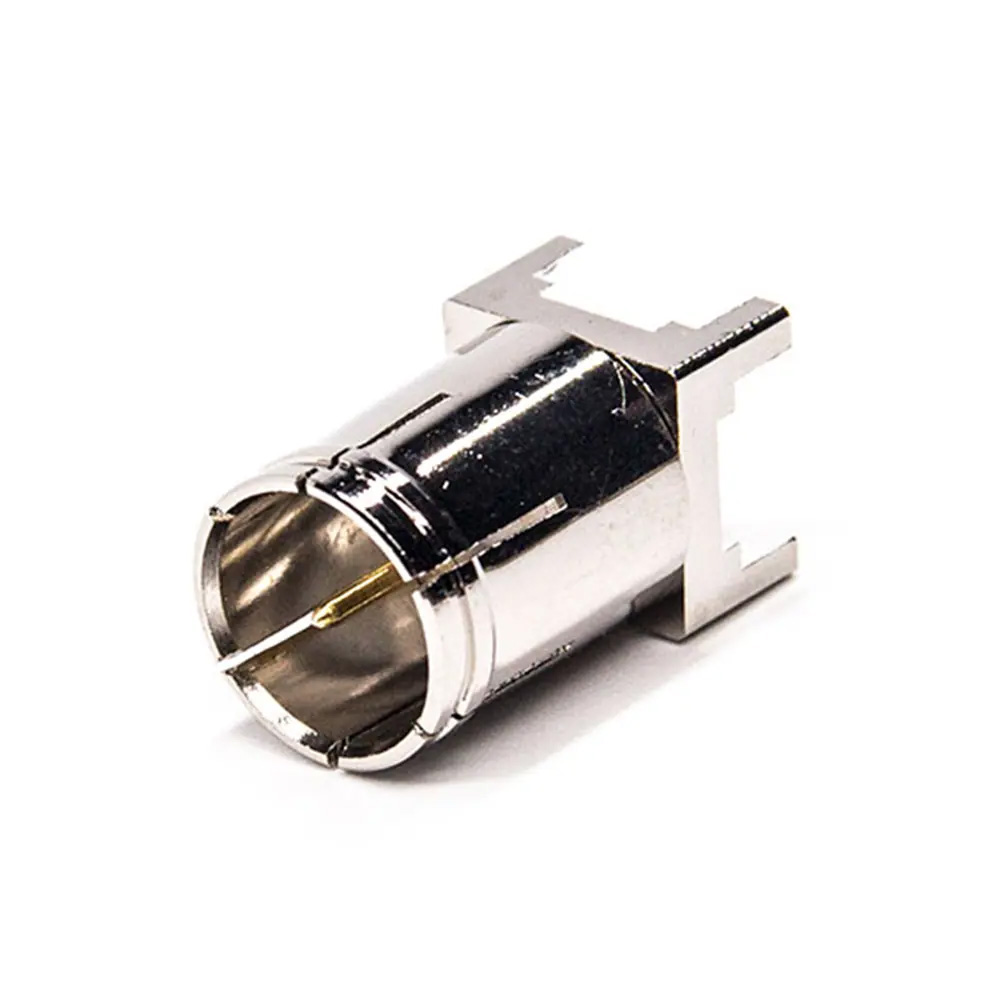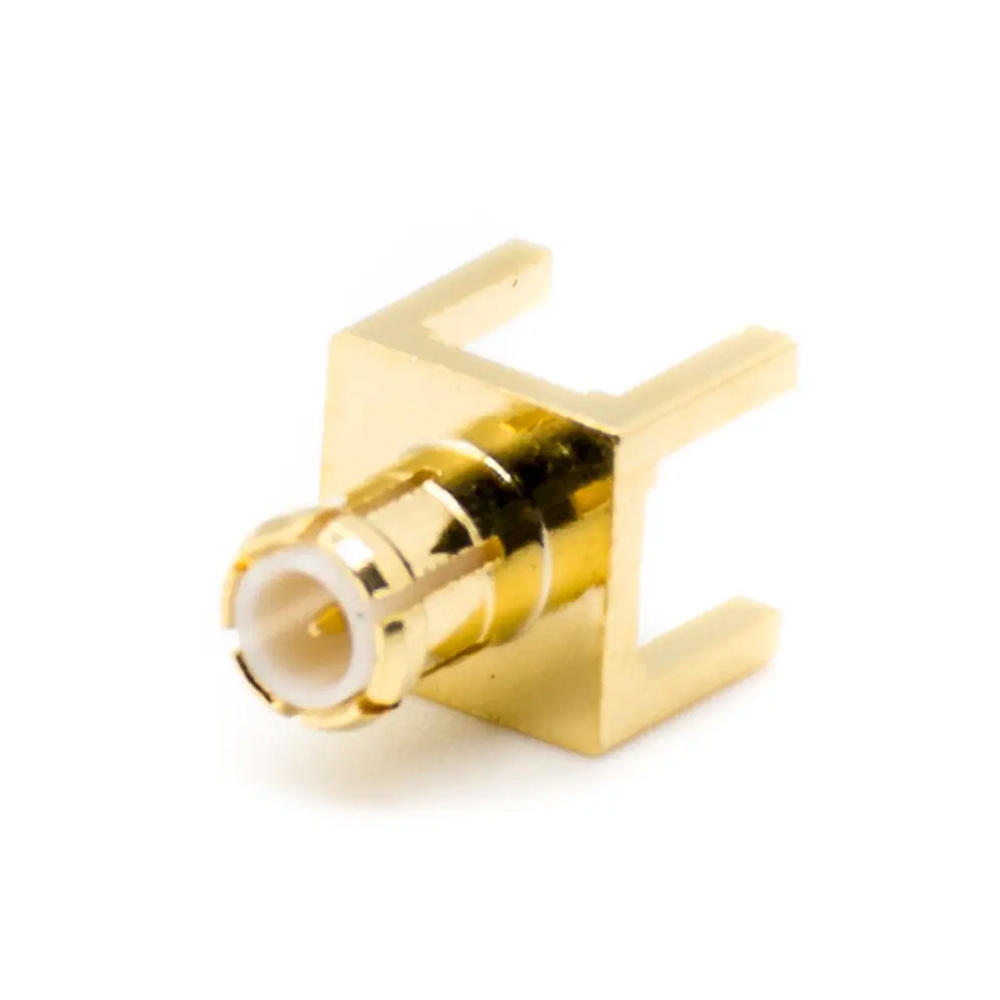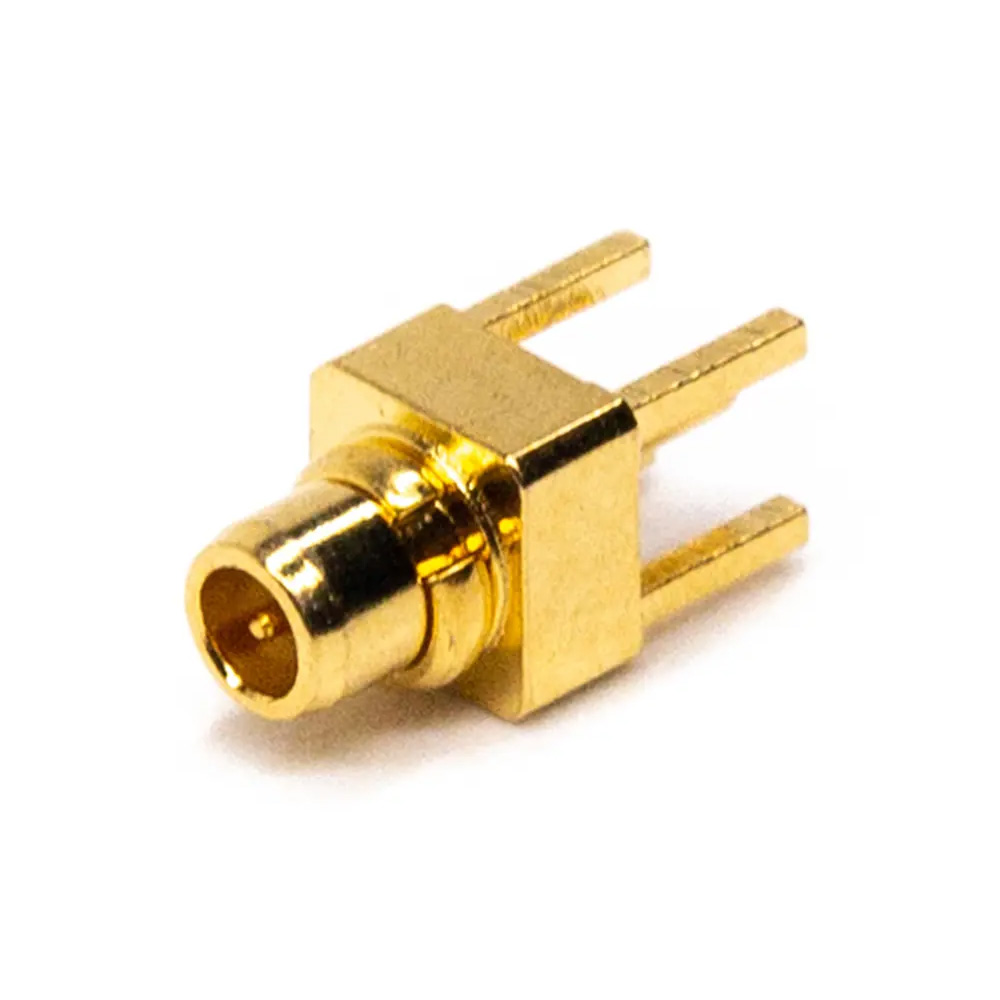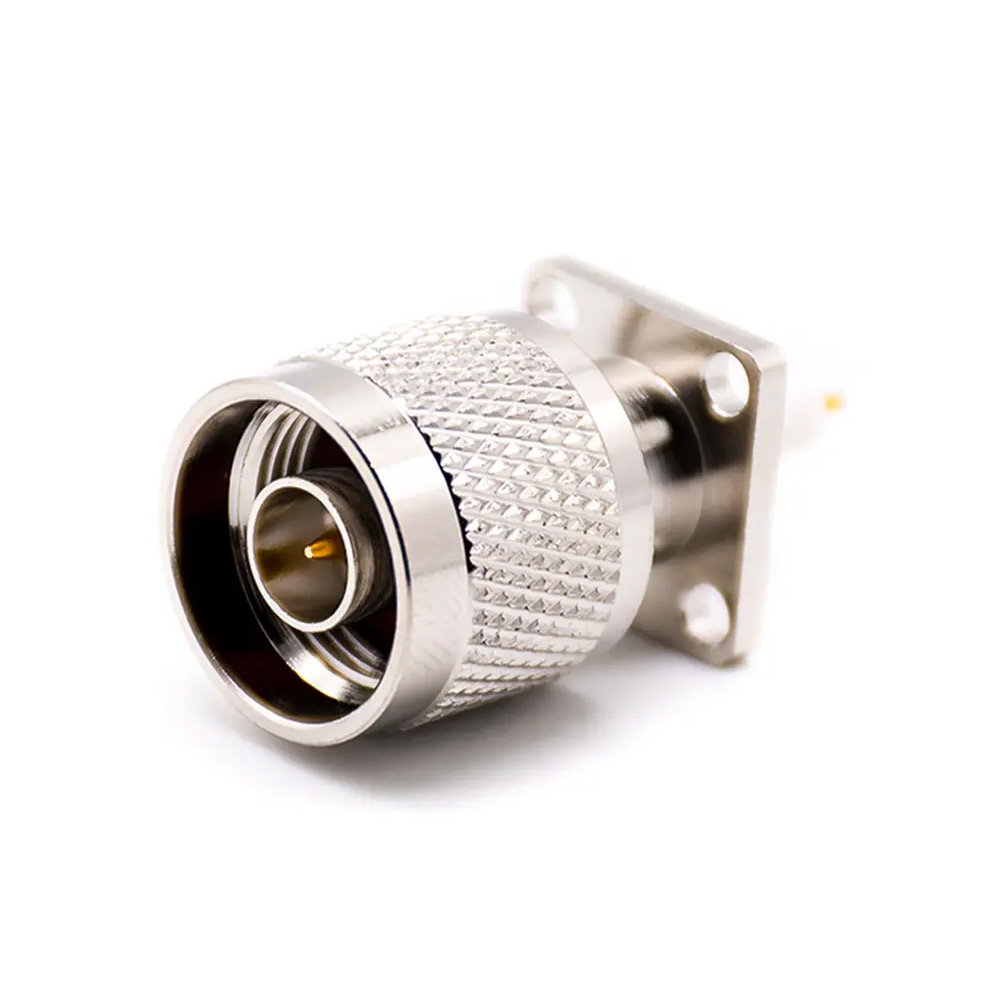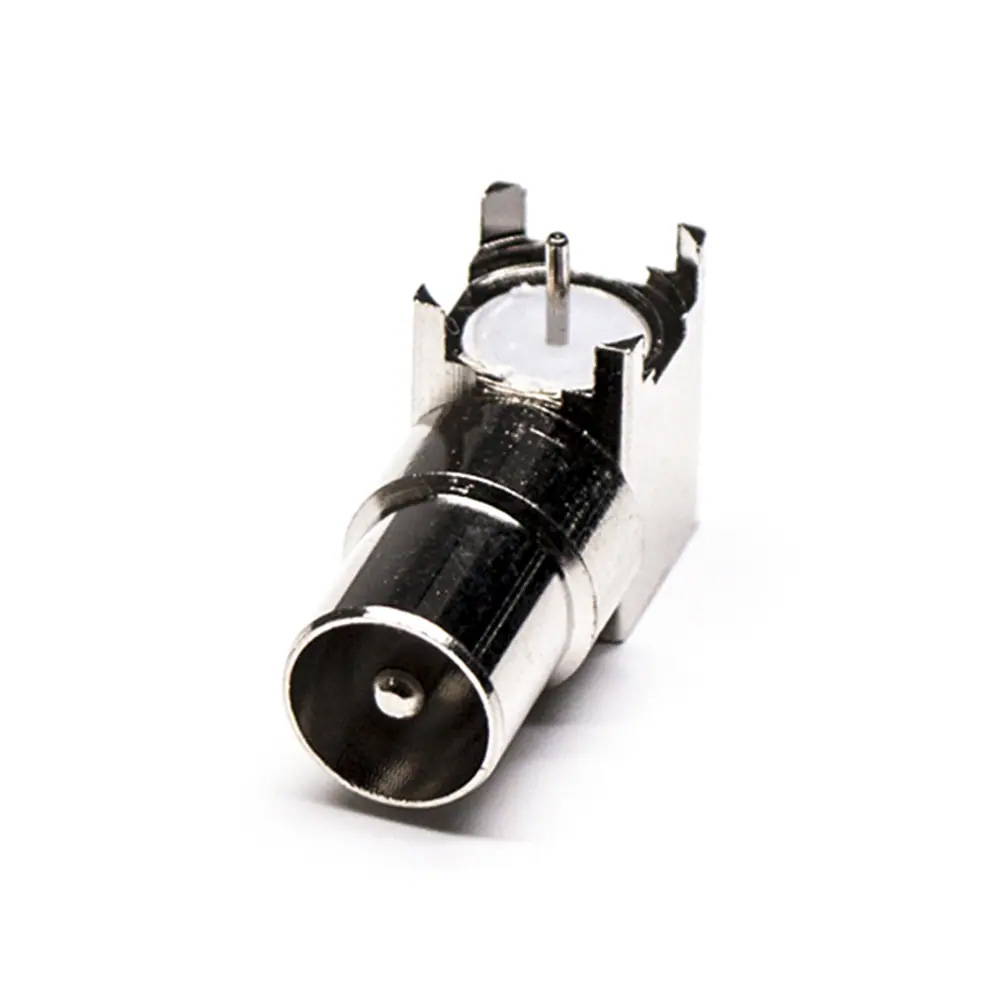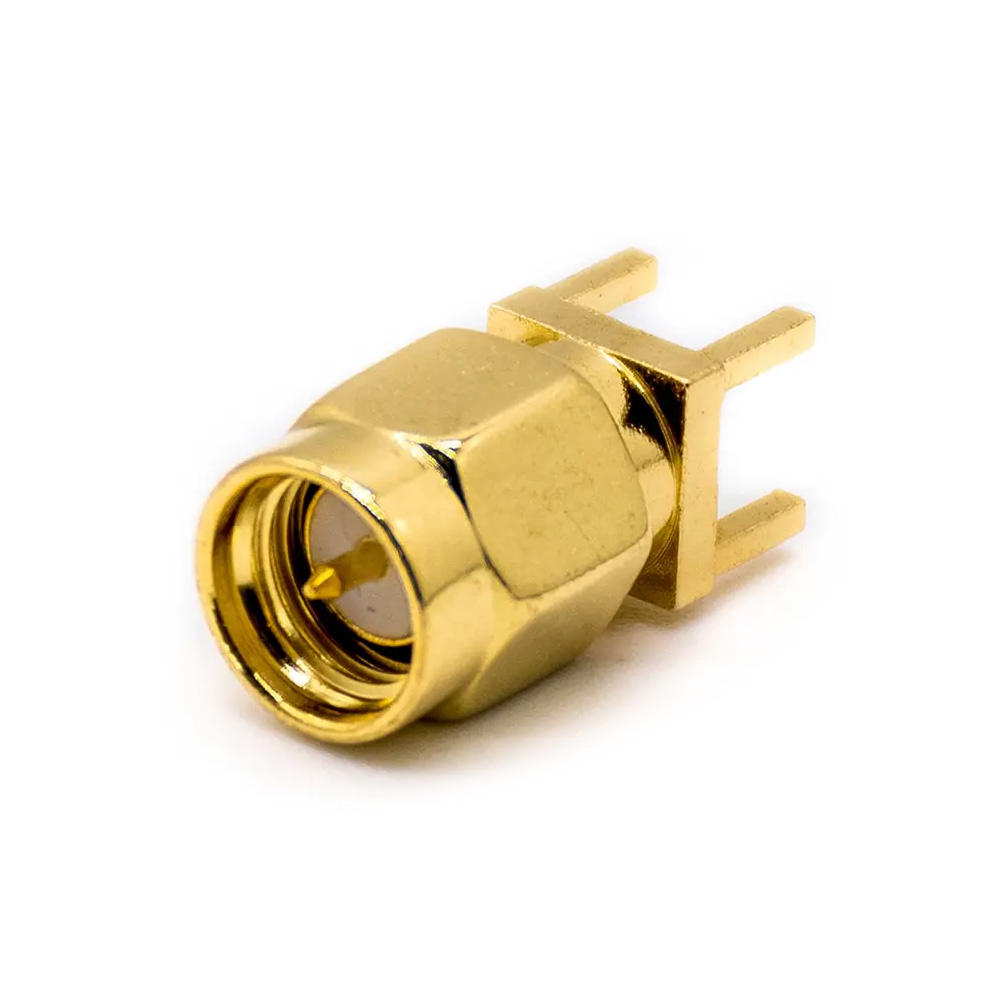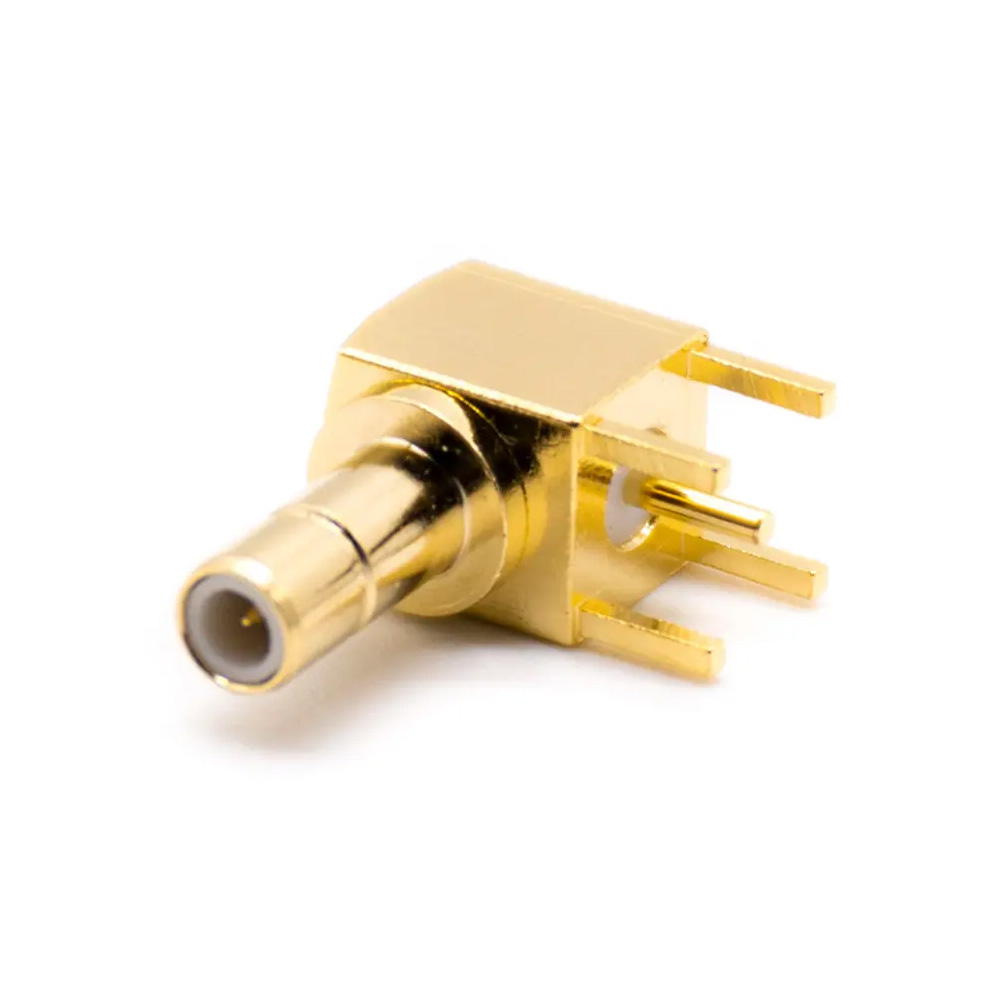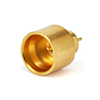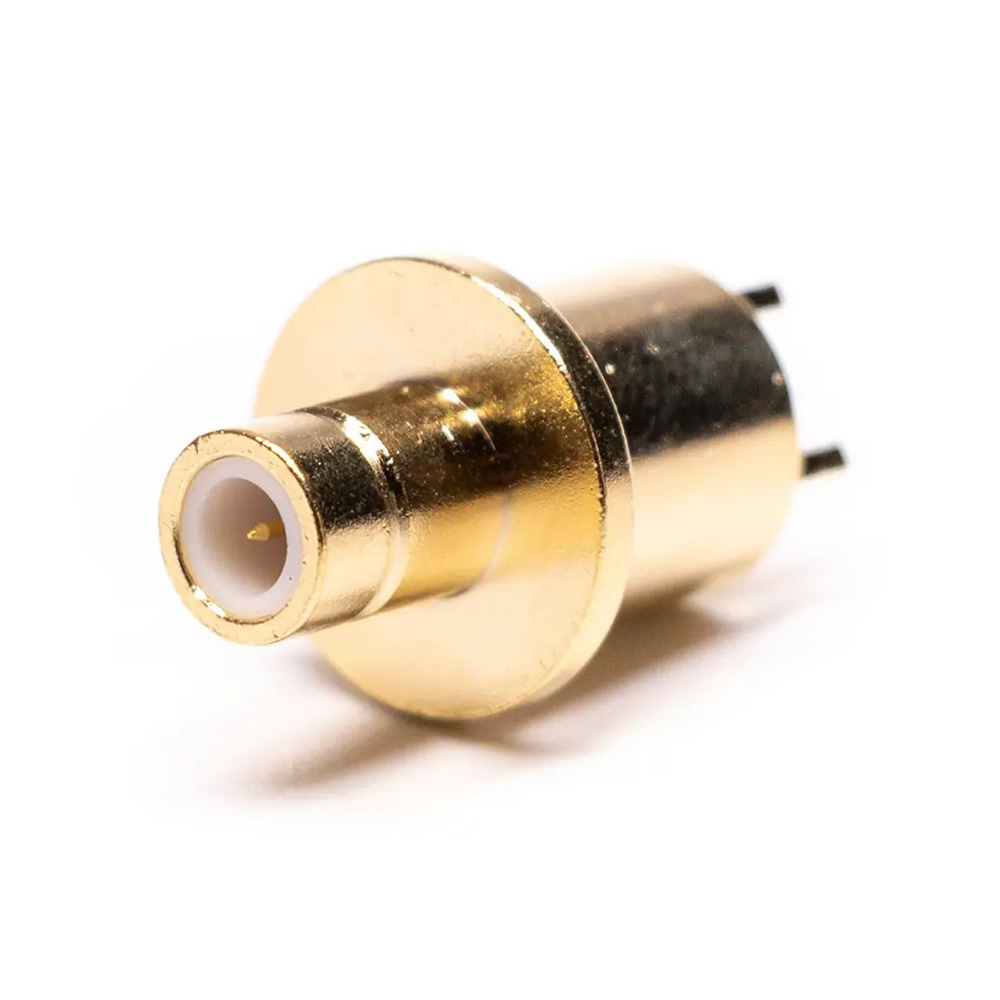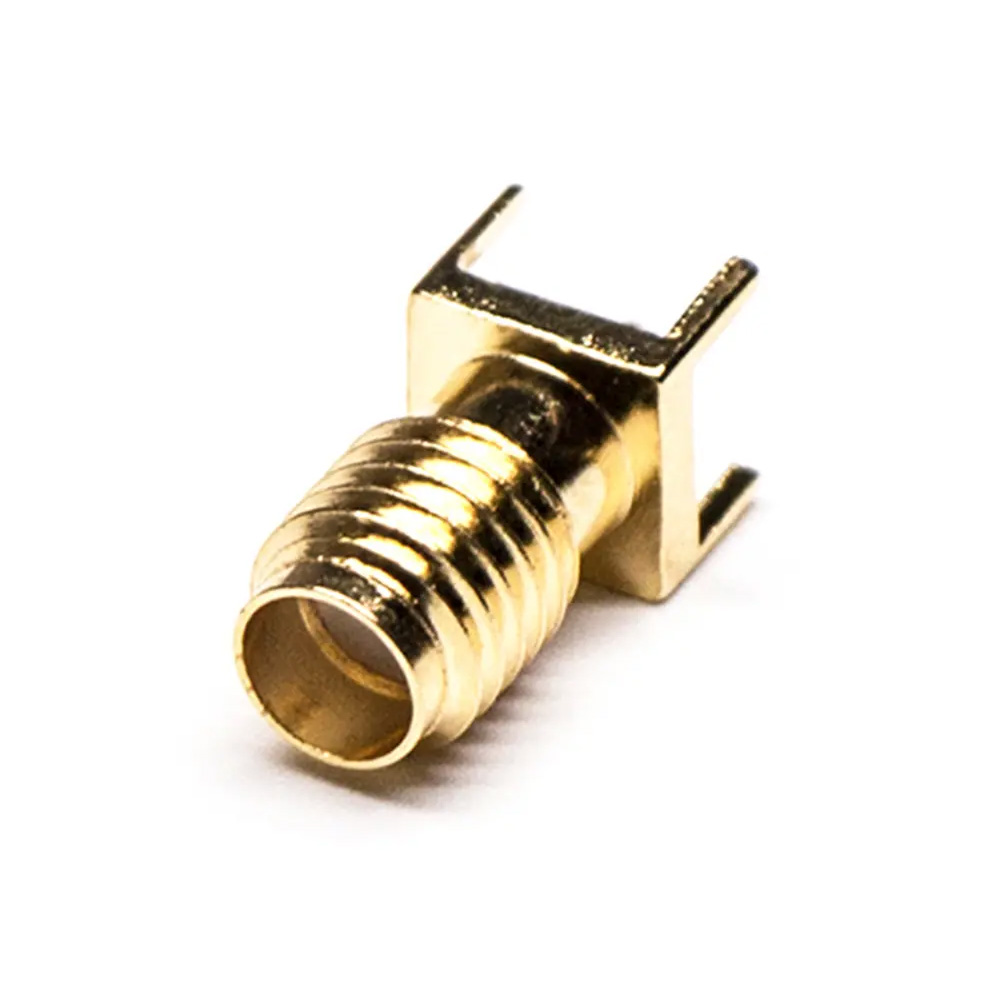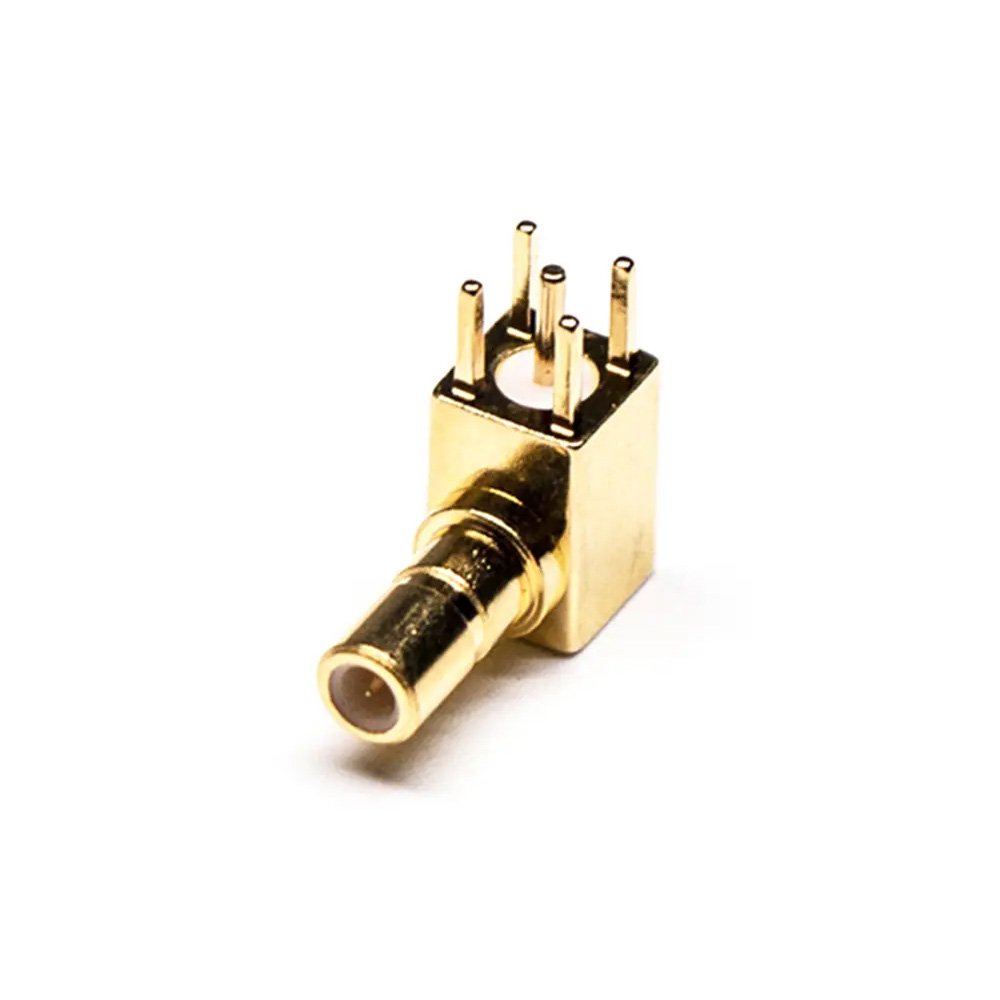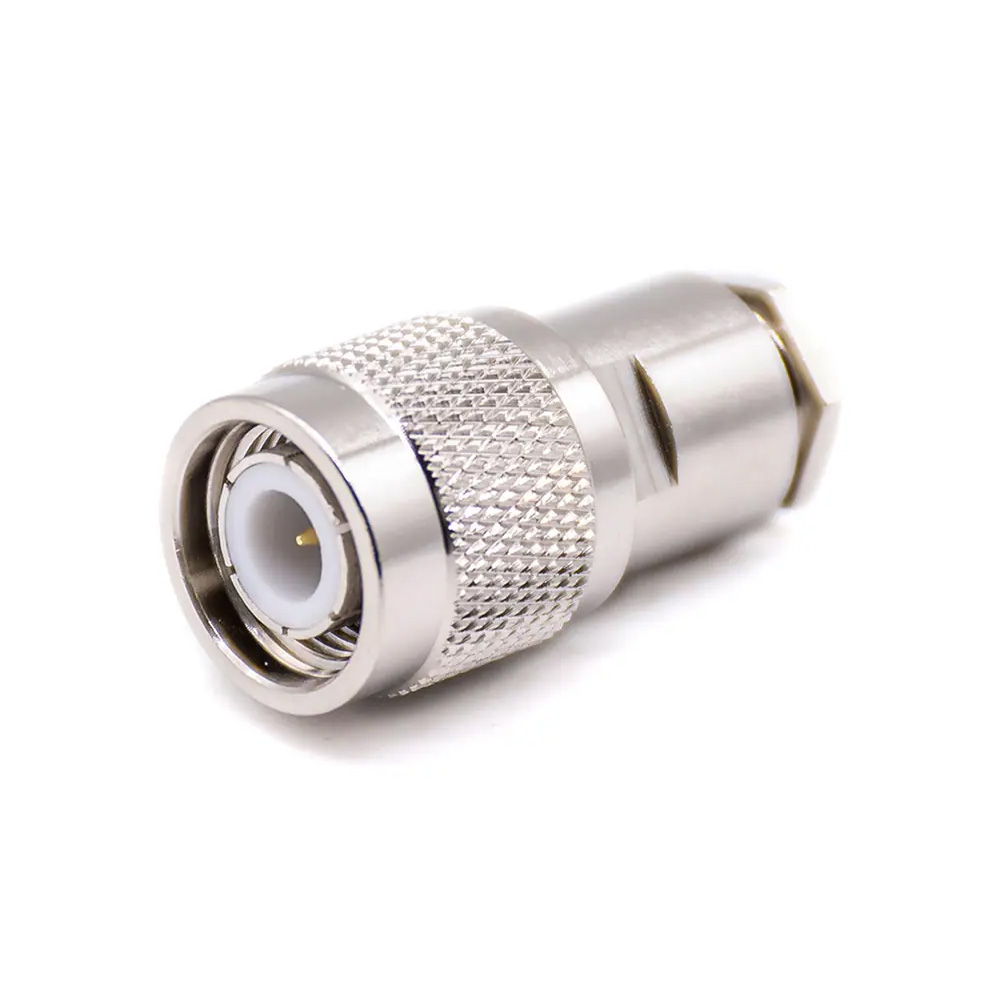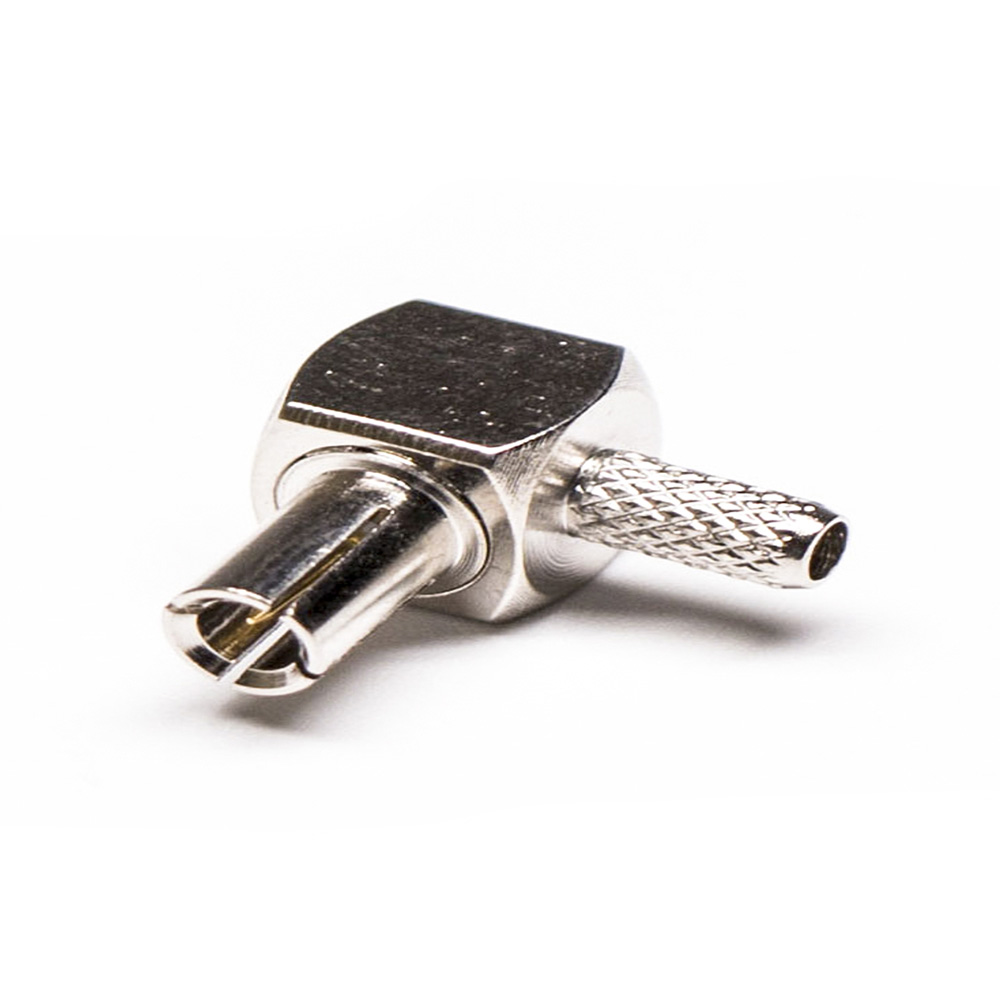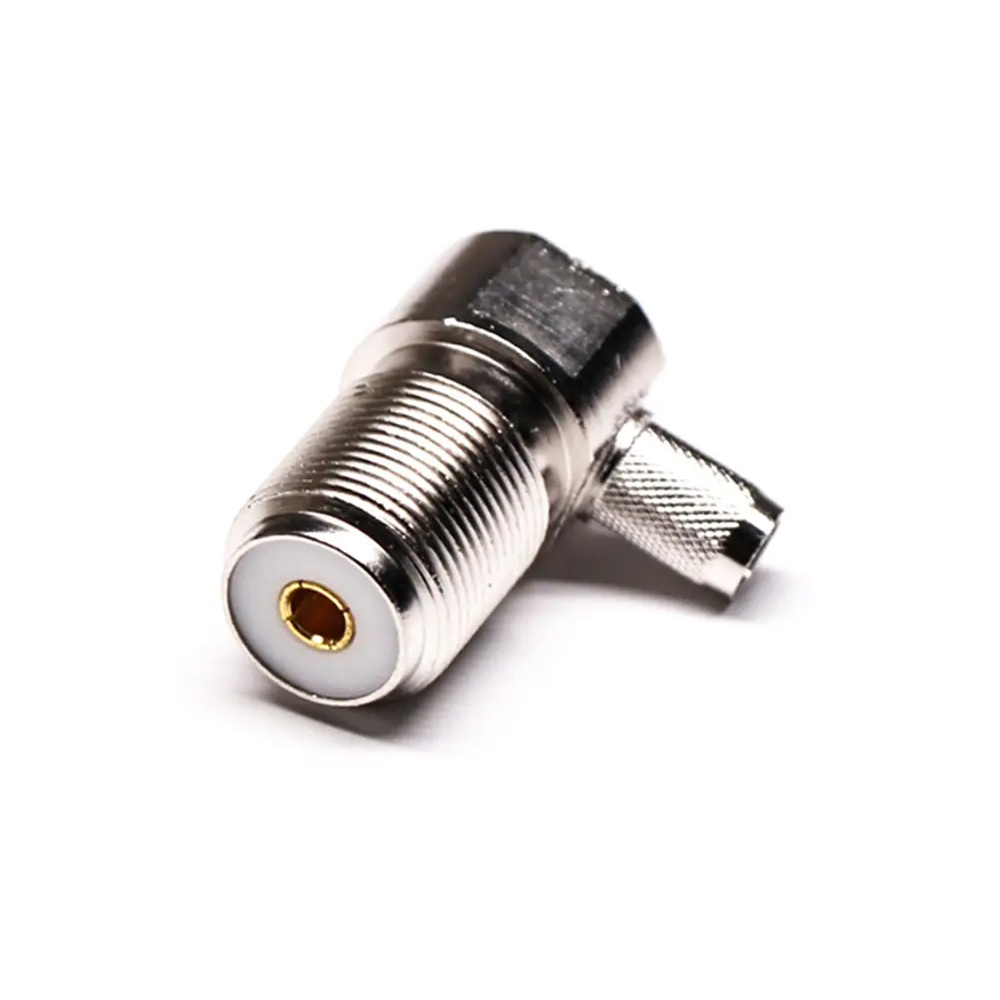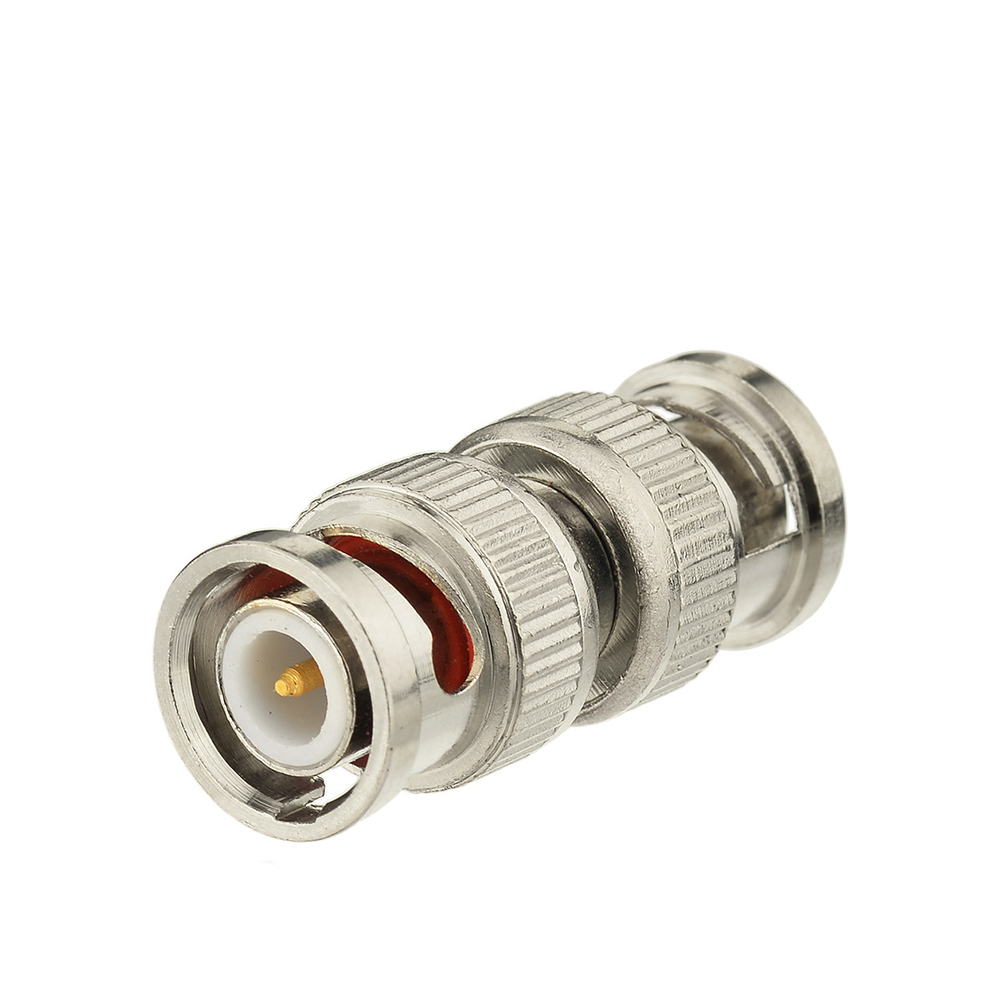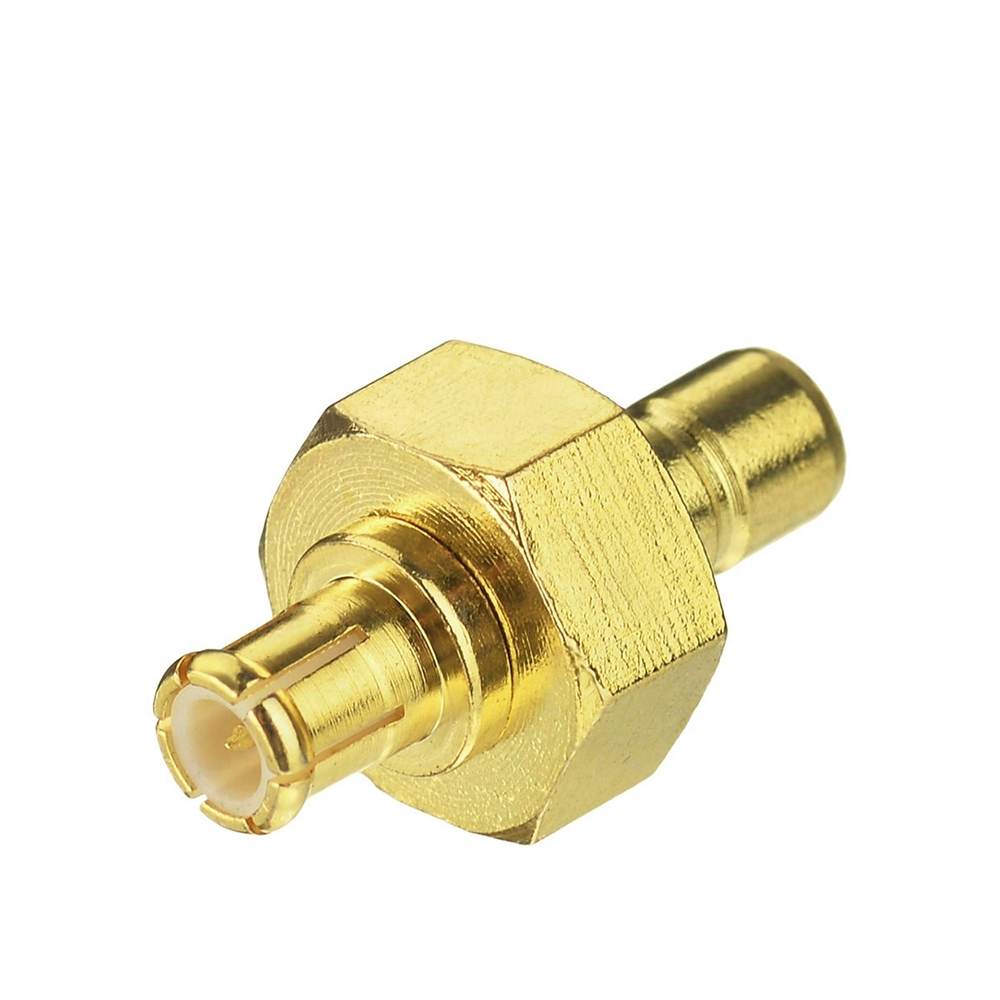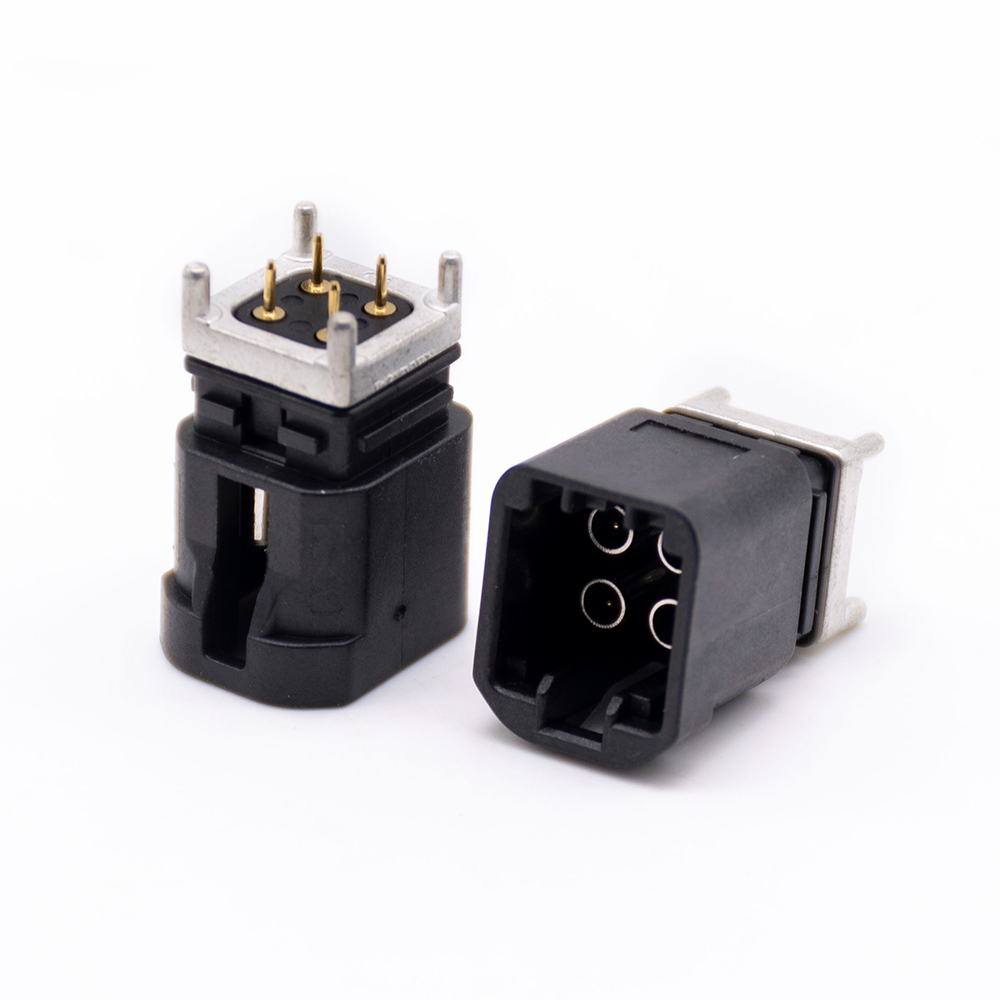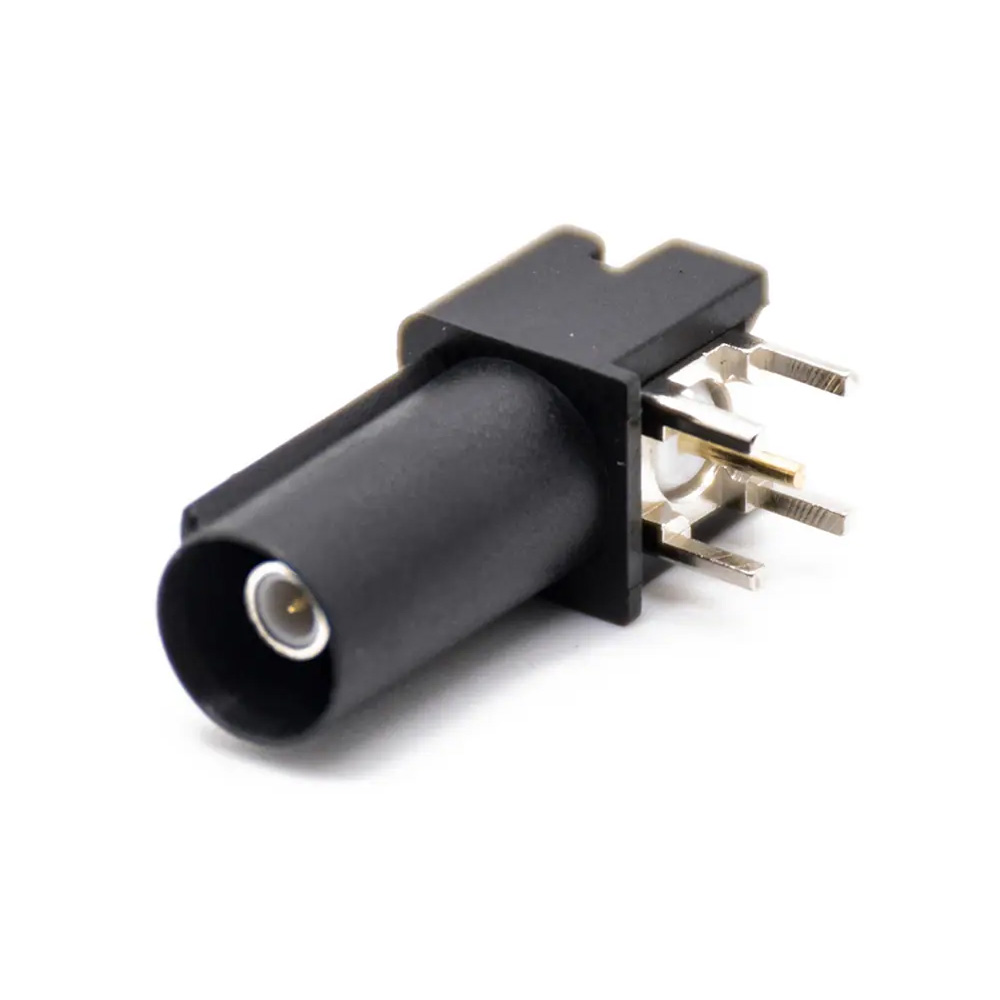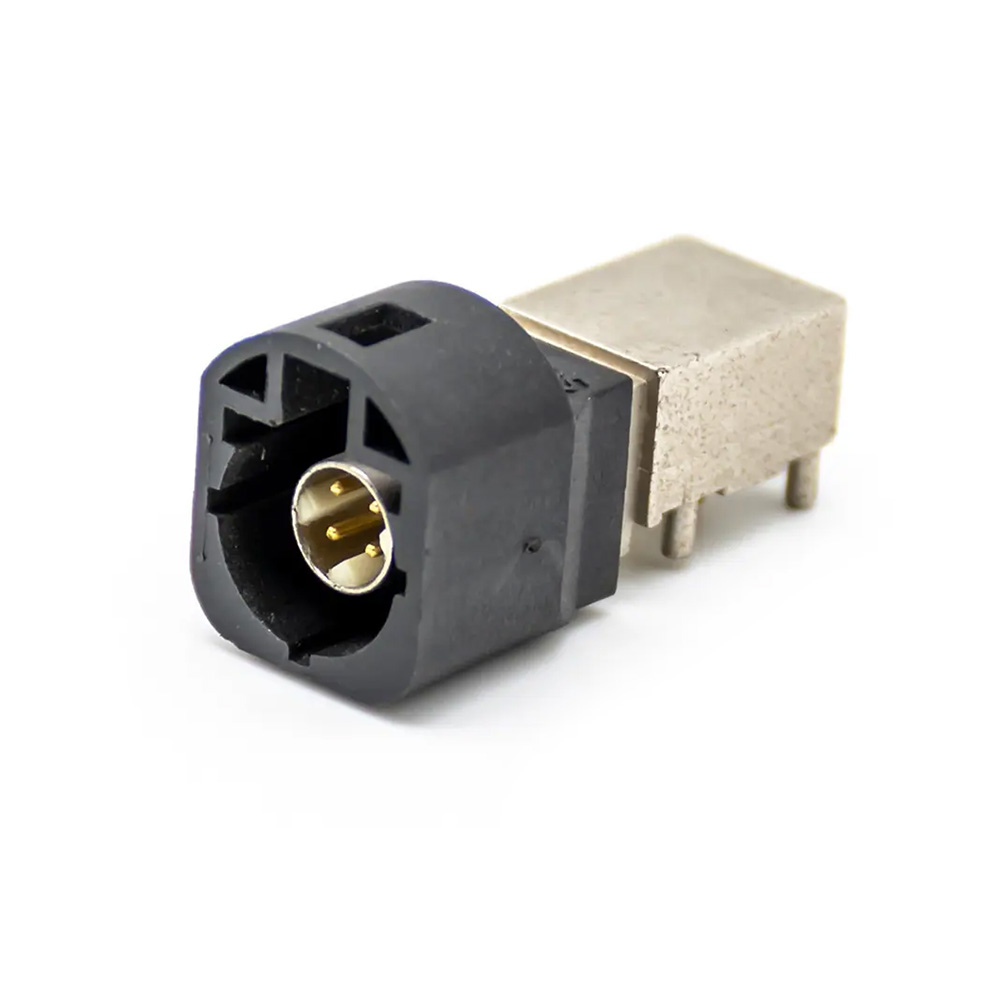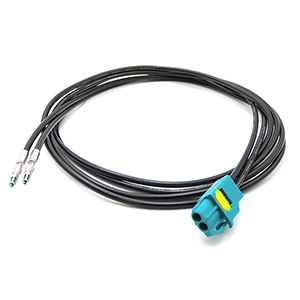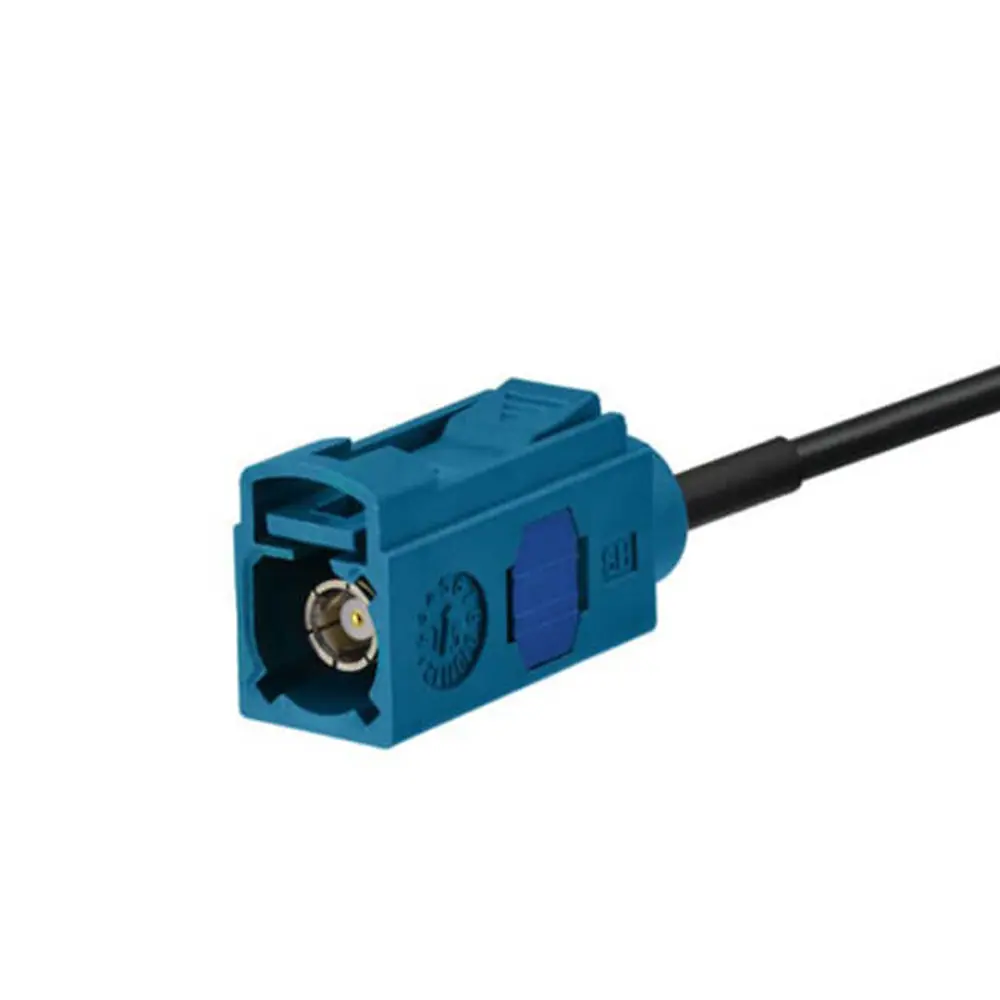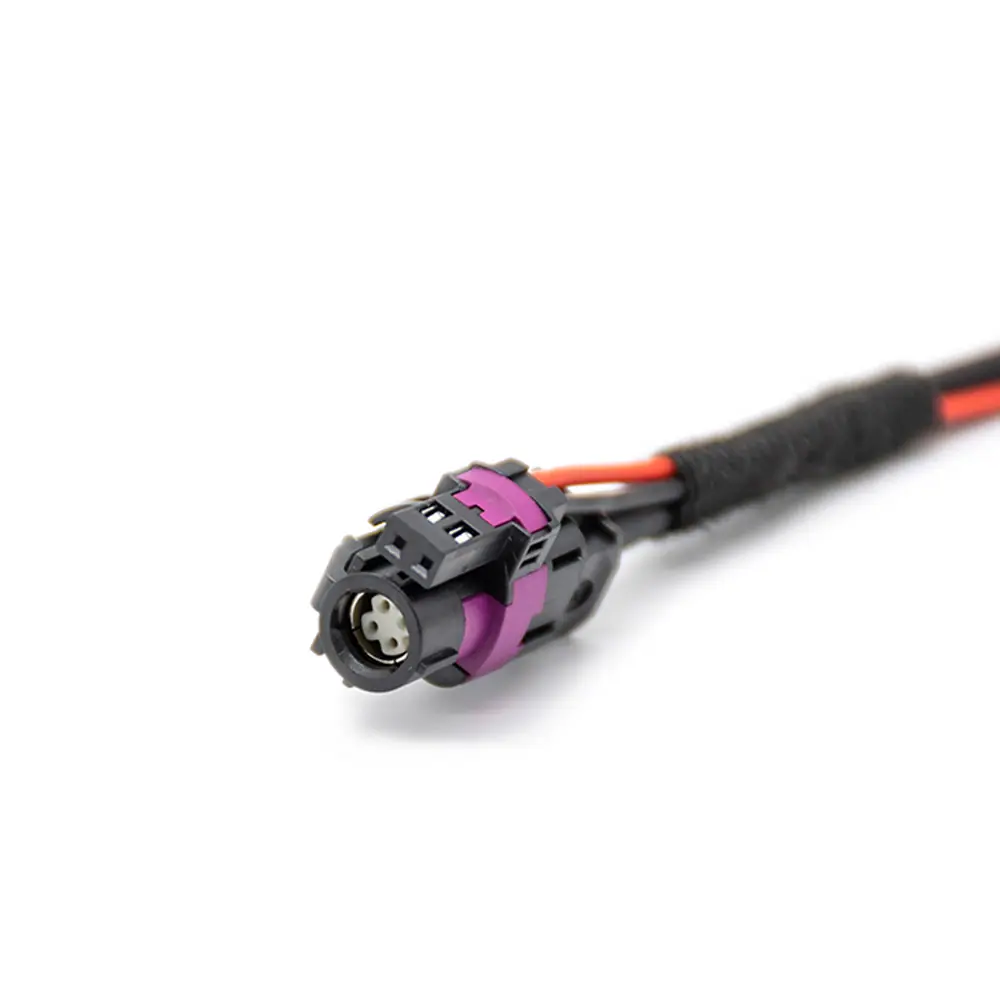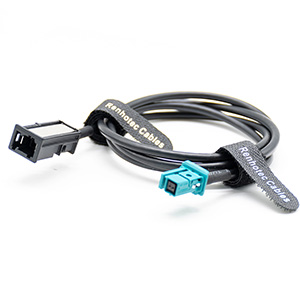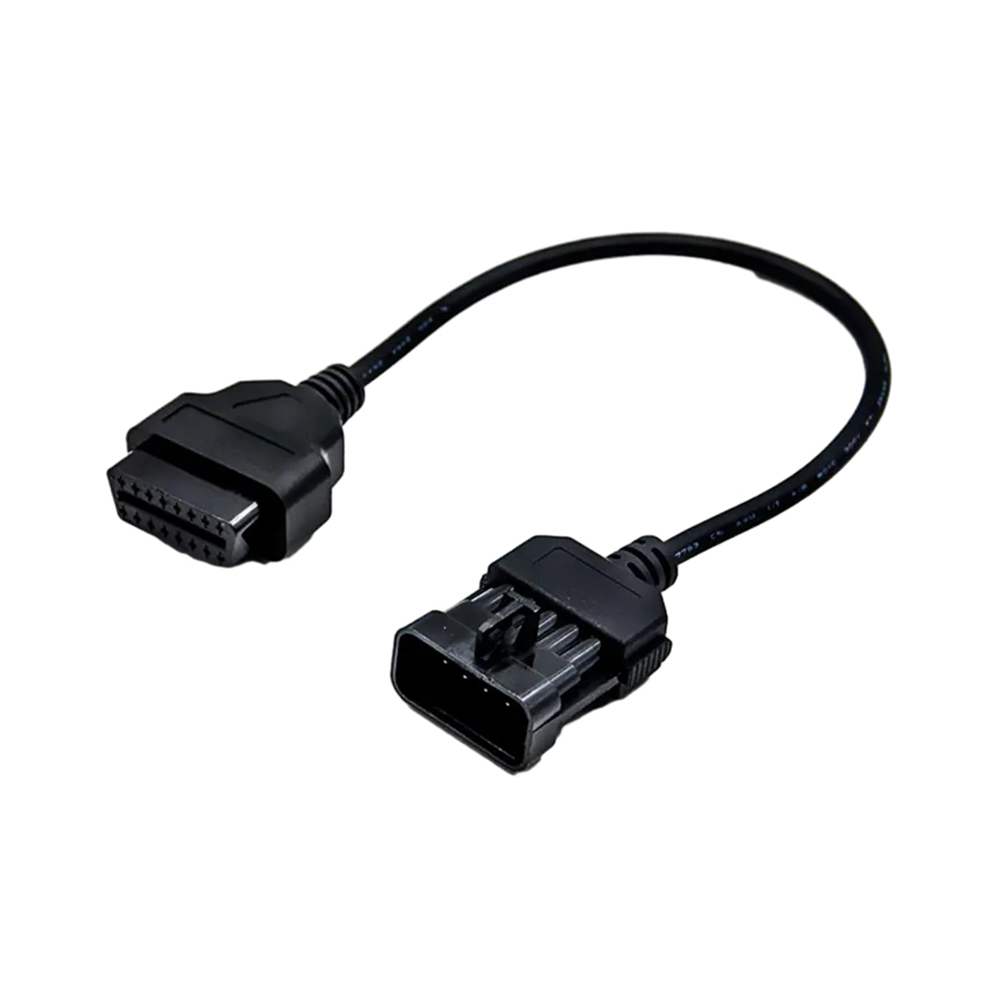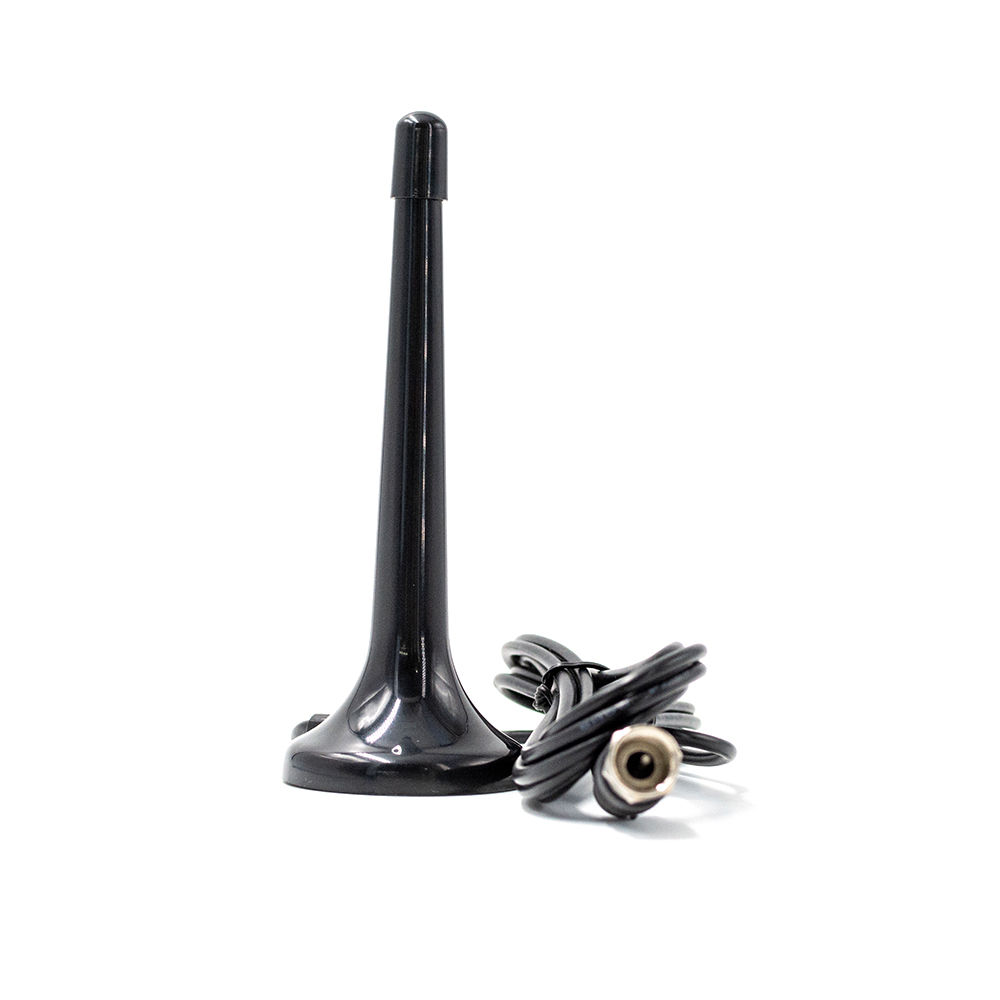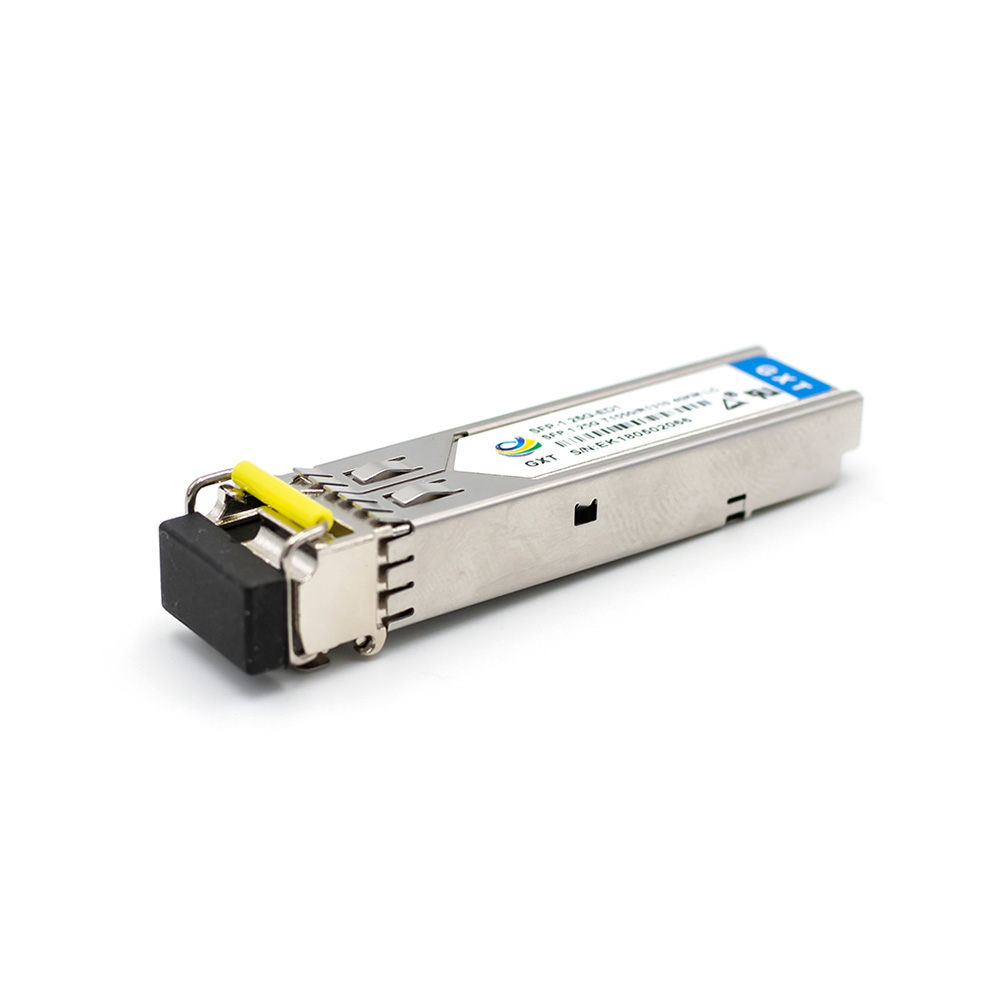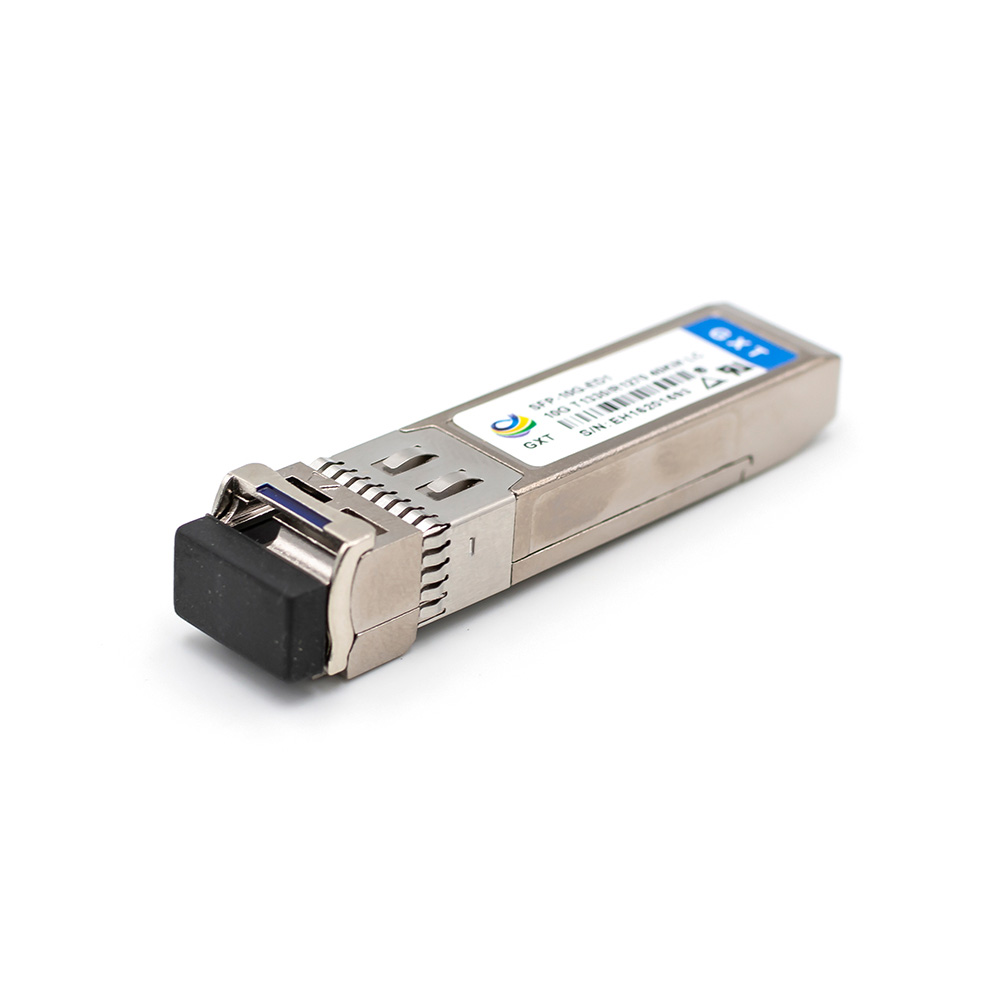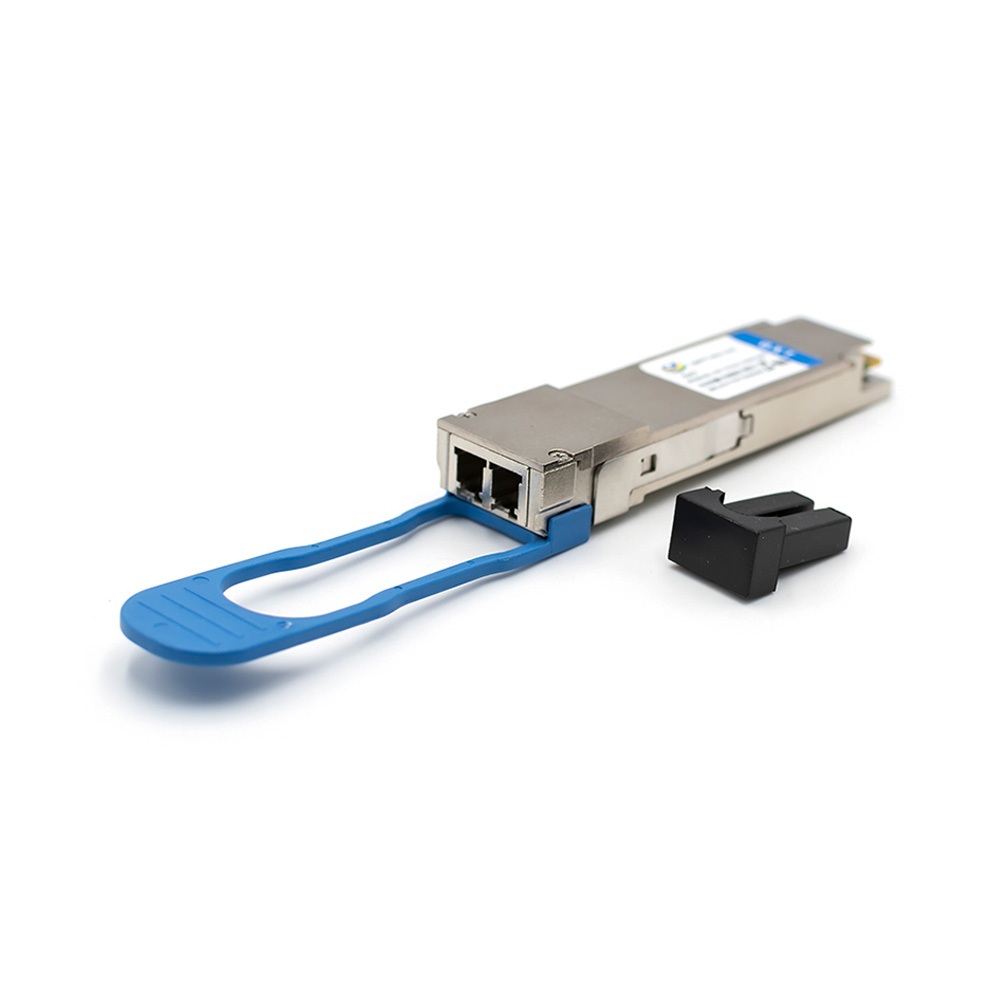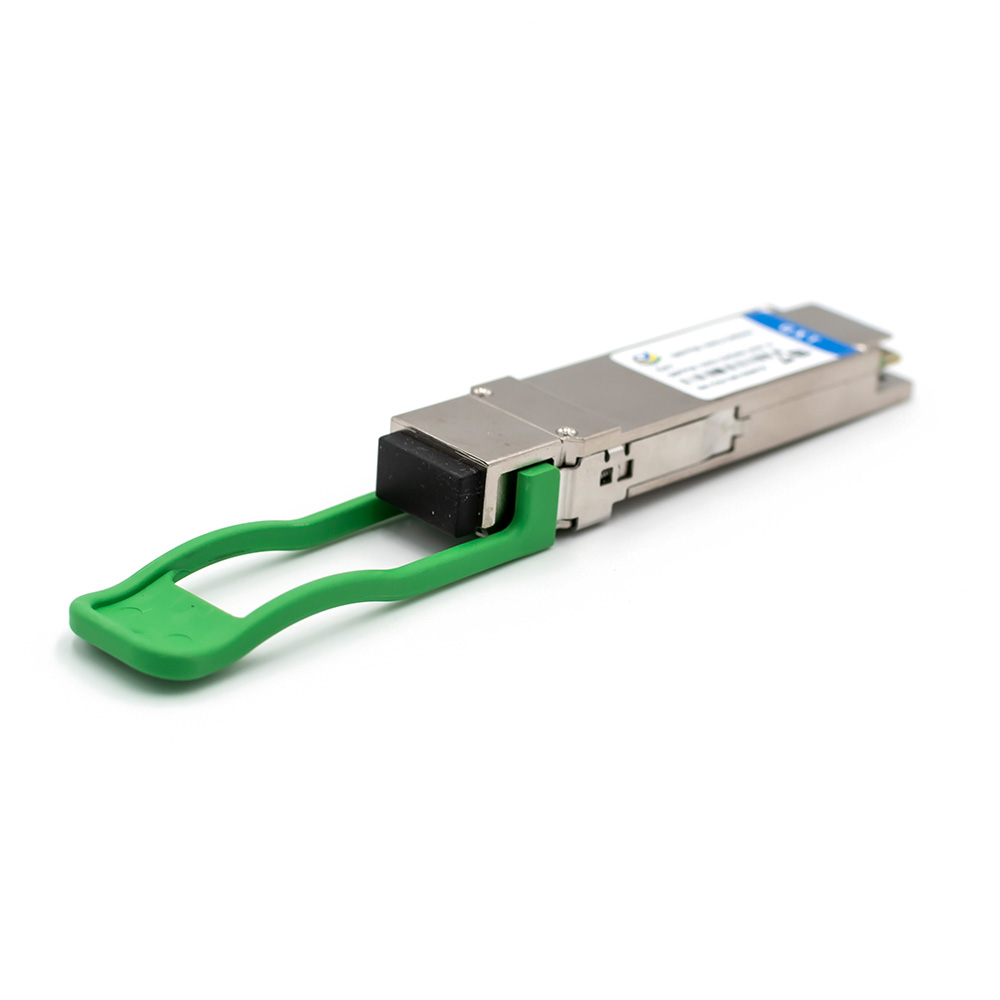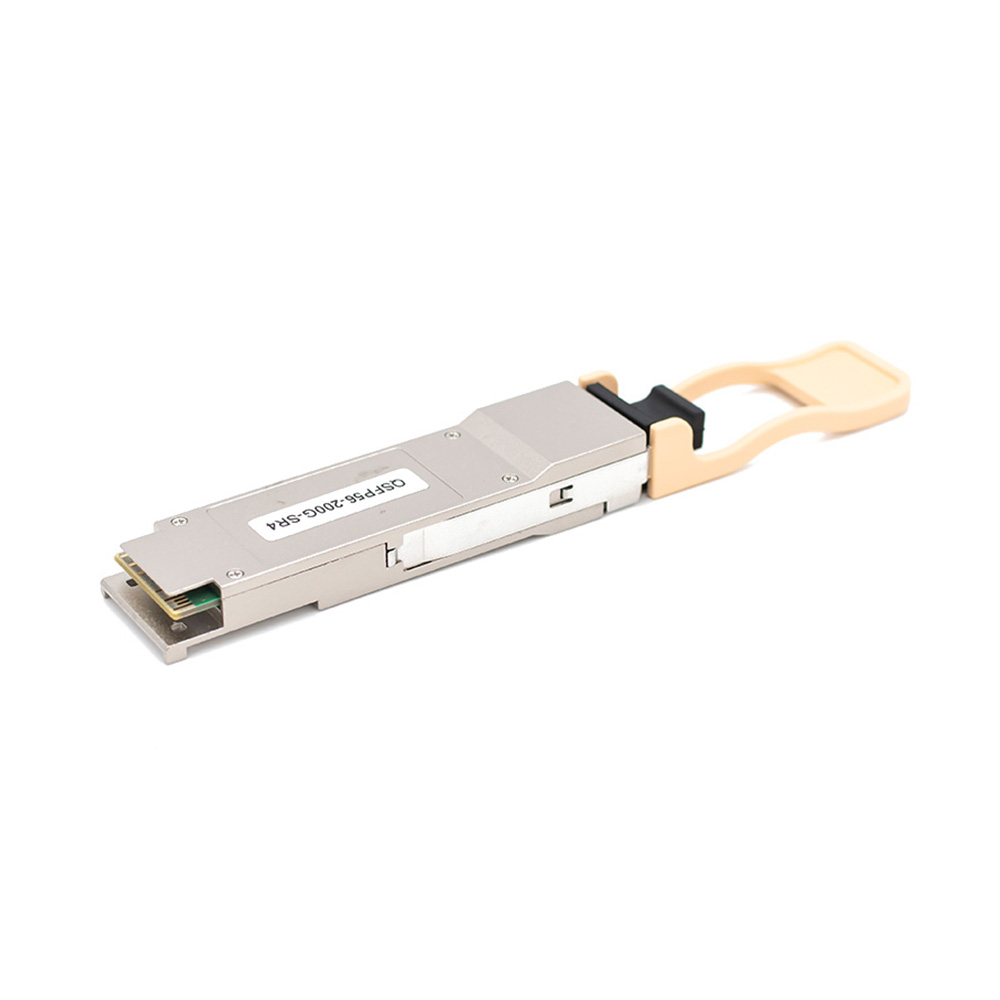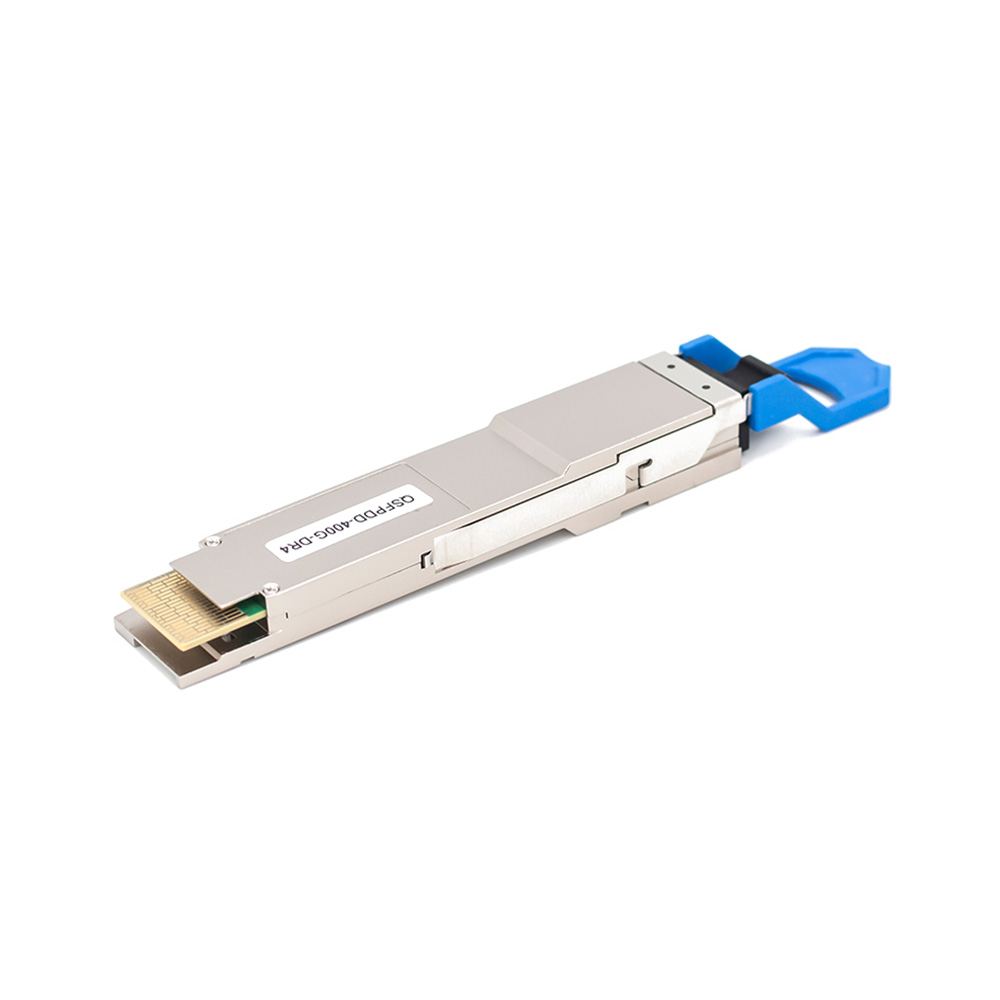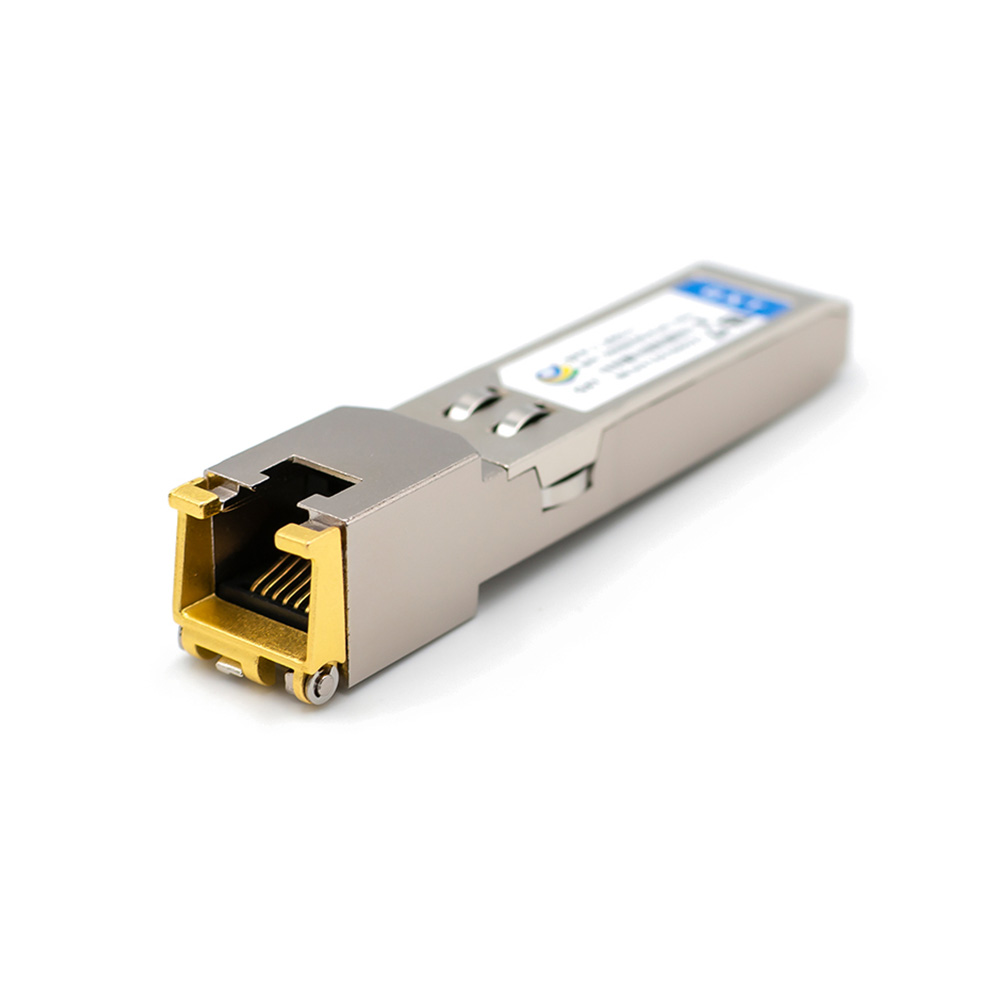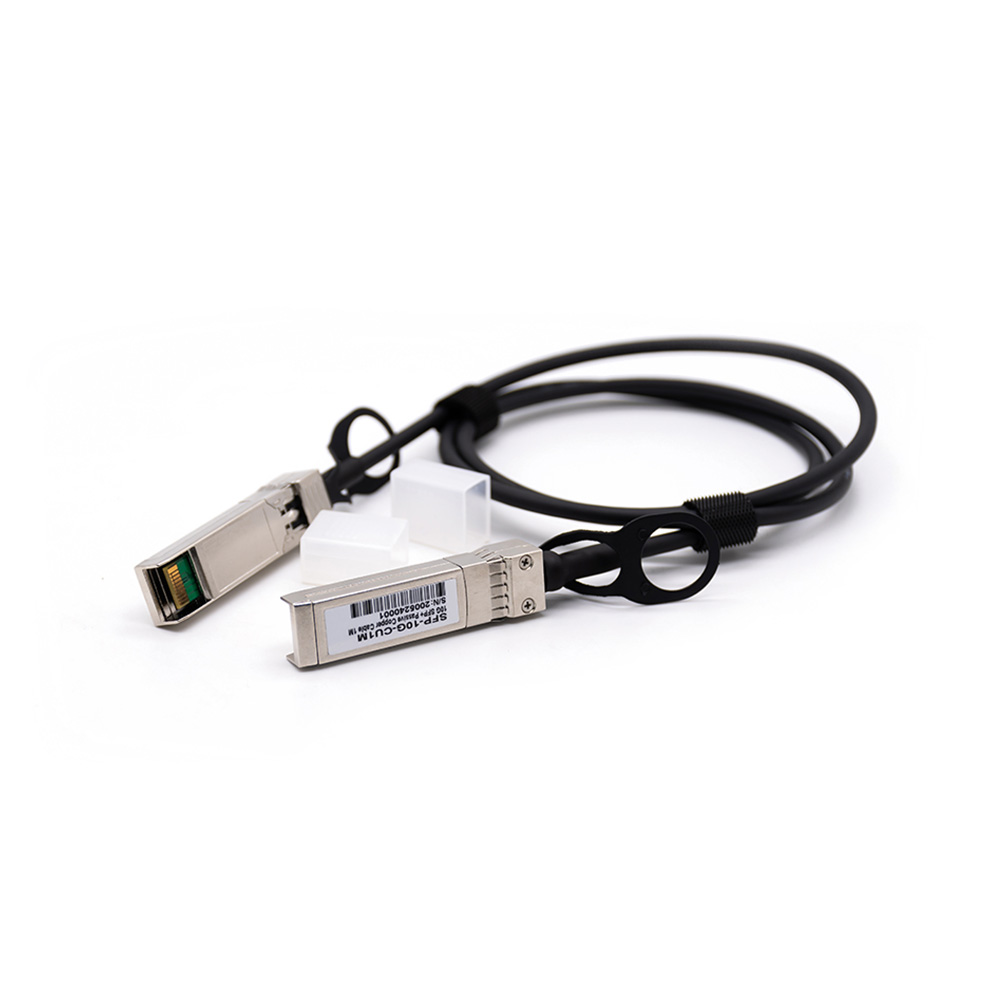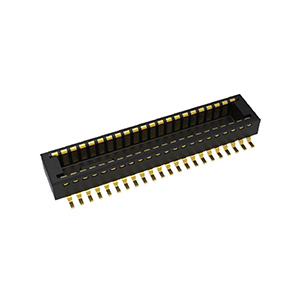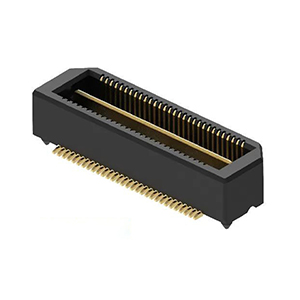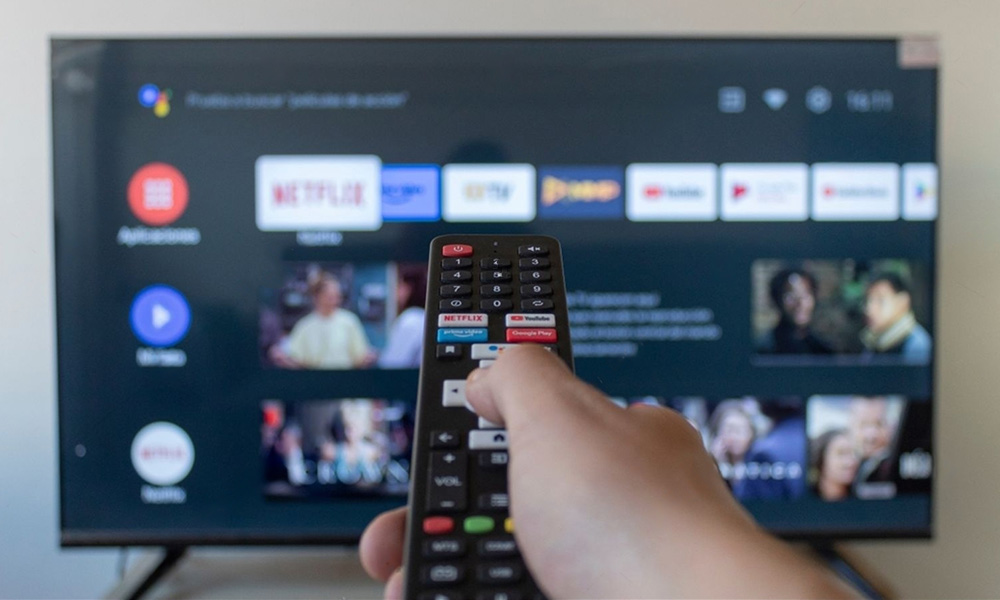Antennae
Digital Antenna vs Regular Antenna: Signal Quality & Reception
The type of antenna you use can greatly affect the quality of your TV viewing experience. Digital antennas and regular antennas handle different signals. Digital antennas provide better reception and clarity for modern TV broadcasts.
Regular Antenna
A regular antenna was designed to receive analog television signals. These signals are continuous waveforms that vary in amplitude and frequency to transmit video and audio. Analog signals are more vulnerable to interference, such as noise, fading, and ghosting.
Ghosting happens when a signal bounces off nearby buildings or structures and reaches the antenna with a delay. This delay causes a “ghost” image on the screen, a common issue in urban areas.
Regular antennas typically cover the VHF (Very High Frequency) and UHF (Ultra-High Frequency) bands. However, they are not optimized for digital signals, which operate at different, more precise frequencies.
Digital Antenna
Digital antennas are designed to receive digital television signals, which consist of binary digits (0s and 1s). These signals are more resistant to interference than analog signals because they can be reconstructed at the receiver’s end, even if some data is lost.
Digital signals use error correction algorithms, filling in missing or corrupted data. This ensures that digital antennas provide better clarity and more stable reception, especially for HD and 4K broadcasts.
Signal Quality and Capacity
Regular Antenna (Analog Signal Quality)
- Resolution: Analog signals have much lower resolution than digital ones. They typically offer a resolution of only a few hundred lines.
- Audio Quality: The audio from analog signals is less clear, with fewer channels and lower fidelity.
- Capacity: Regular antennas can only carry a single standard-definition (SD) video and audio stream.
Digital Antenna (Digital Signal Quality)
- Resolution: Digital antennas support HD (720p, 1080p) and 4K UHD resolutions. This gives a sharper picture with more accurate colors and better contrast.
- Audio Quality: Digital signals provide higher audio quality, supporting formats like Dolby Digital, Dolby Atmos, and surround sound.
- Capacity: Digital antennas can carry multiple channels, sub-channels, and additional data like program guides, closed-captioning, and interactive features.
Antenna Design and Construction
Regular Antenna (Traditional Design)
- Structure: Regular antennas, such as the dipole antenna for VHF and loop antenna for UHF, have simpler designs. These antennas are often omnidirectional, meaning they pick up signals from all directions but with lower efficiency.
- Materials: Regular antennas often use lower-quality materials, which impact their performance with digital signals.
Digital Antenna (Modern Design)
- Structure: Digital antennas often have more advanced, directional designs. For example, Yagi-Uda antennas have multiple elements that improve signal strength and reception.
- Materials: Digital antennas use higher-quality materials, such as aluminum and fiberglass, to ensure durability and better reception, especially outdoors.
Compatibility
- Regular Antennas: Regular antennas are compatible with analog TVs and analog broadcast systems. They cannot receive digital TV signals without a converter box.
- Digital Antennas: Digital antennas work with digital TVs and modern broadcast systems. They are backwards-compatible with older analog signals but perform best with digital broadcasts.
Which Antenna is Right for You?
Choosing between a digital antenna and a regular antenna depends on your specific needs. For modern HD or 4K broadcasts, a digital antenna is the clear choice. It provides better signal quality, clearer images, and more features.
For those in areas with only analog signals or using older equipment, a regular antenna might suffice. However, for the best viewing experience today, a digital antenna is the better option.

